Slovenia
Small Country, Big Alps, Screaming Wine Deals
Mentioning Slovenia, a few friends have said, “oh I’ve heard it’s really beautiful and still undiscovered!”
I regret to inform you, dear reader, that Slovenia is, in fact, utterly and totally discovered. However, it is indeed beautiful and still worth visiting.
Ljubljana
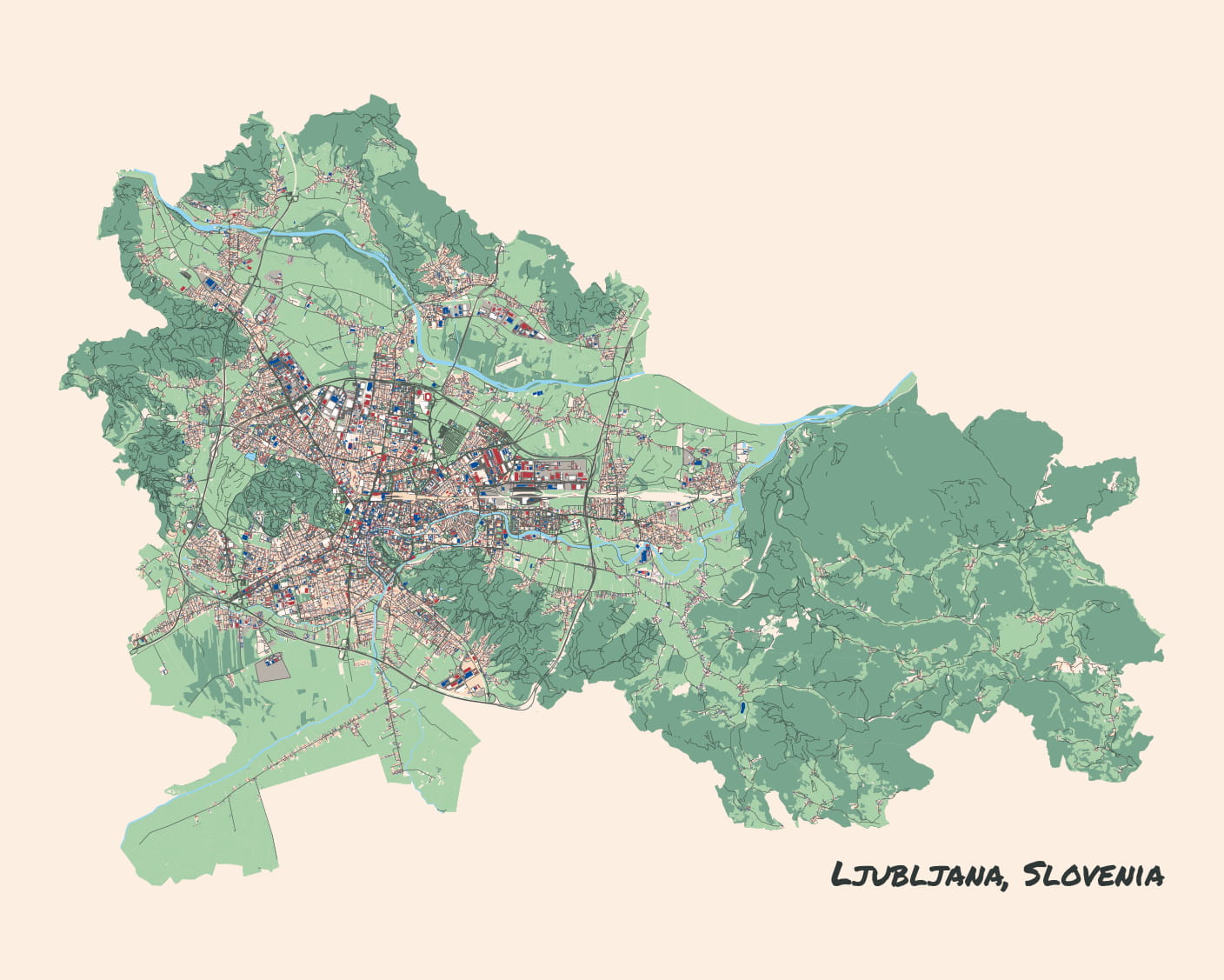
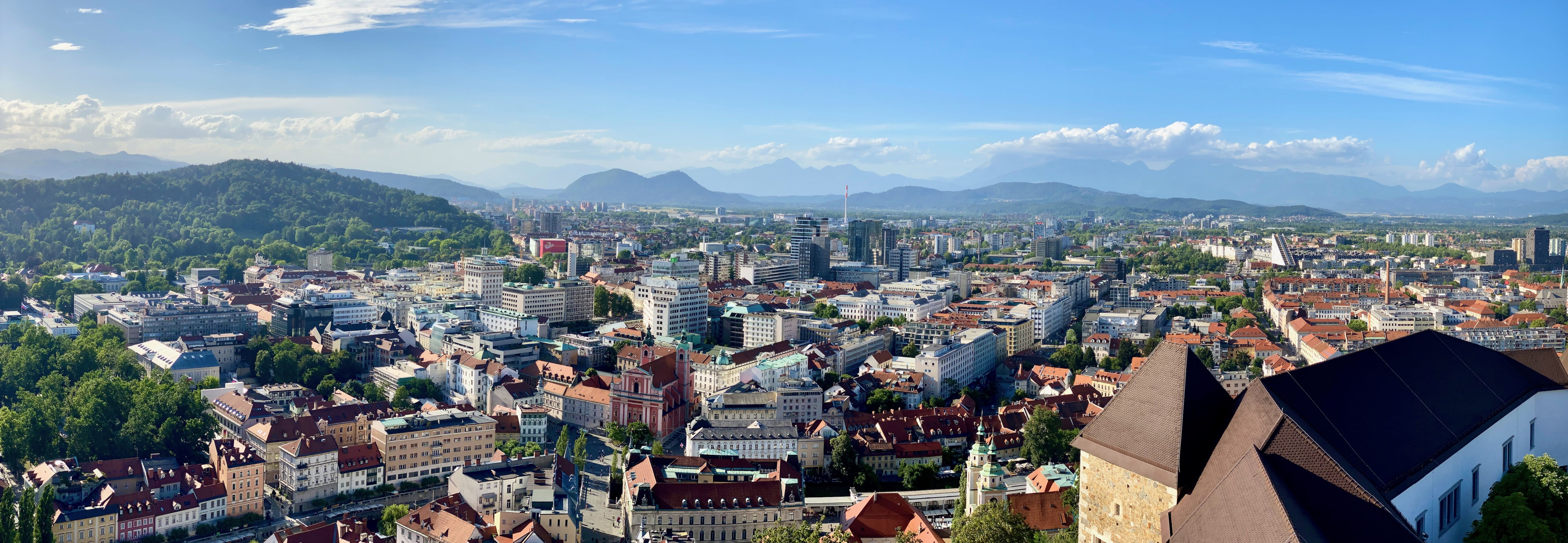
For such a small city (pop. ~300k), Slovenia’s capital has an envious density of beautiful architecture and leisure infrastructure. Walking along the river that runs through town, there are about a million outdoor cafes packed with people. It’s a lovely city to stroll and bike around.
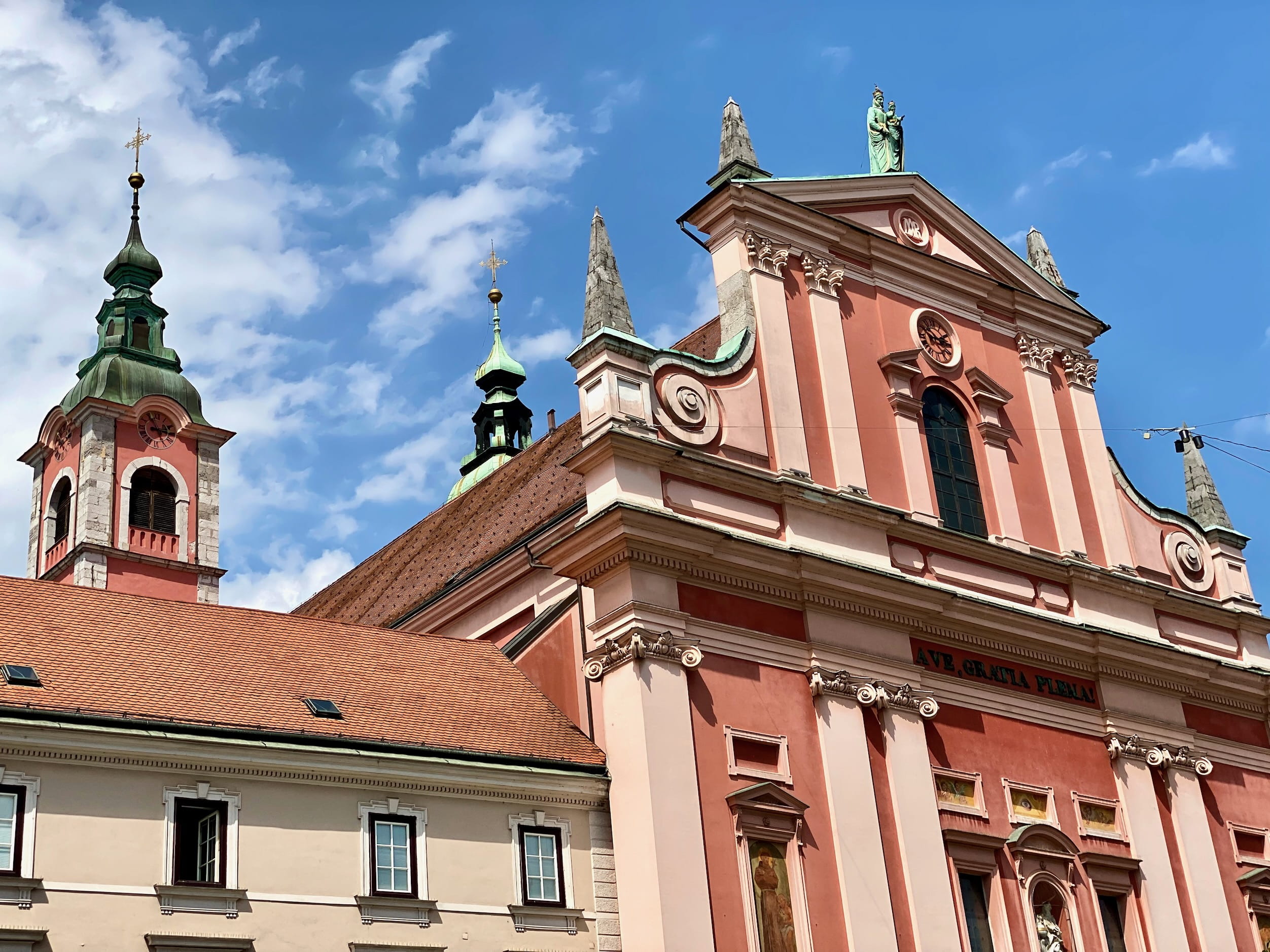
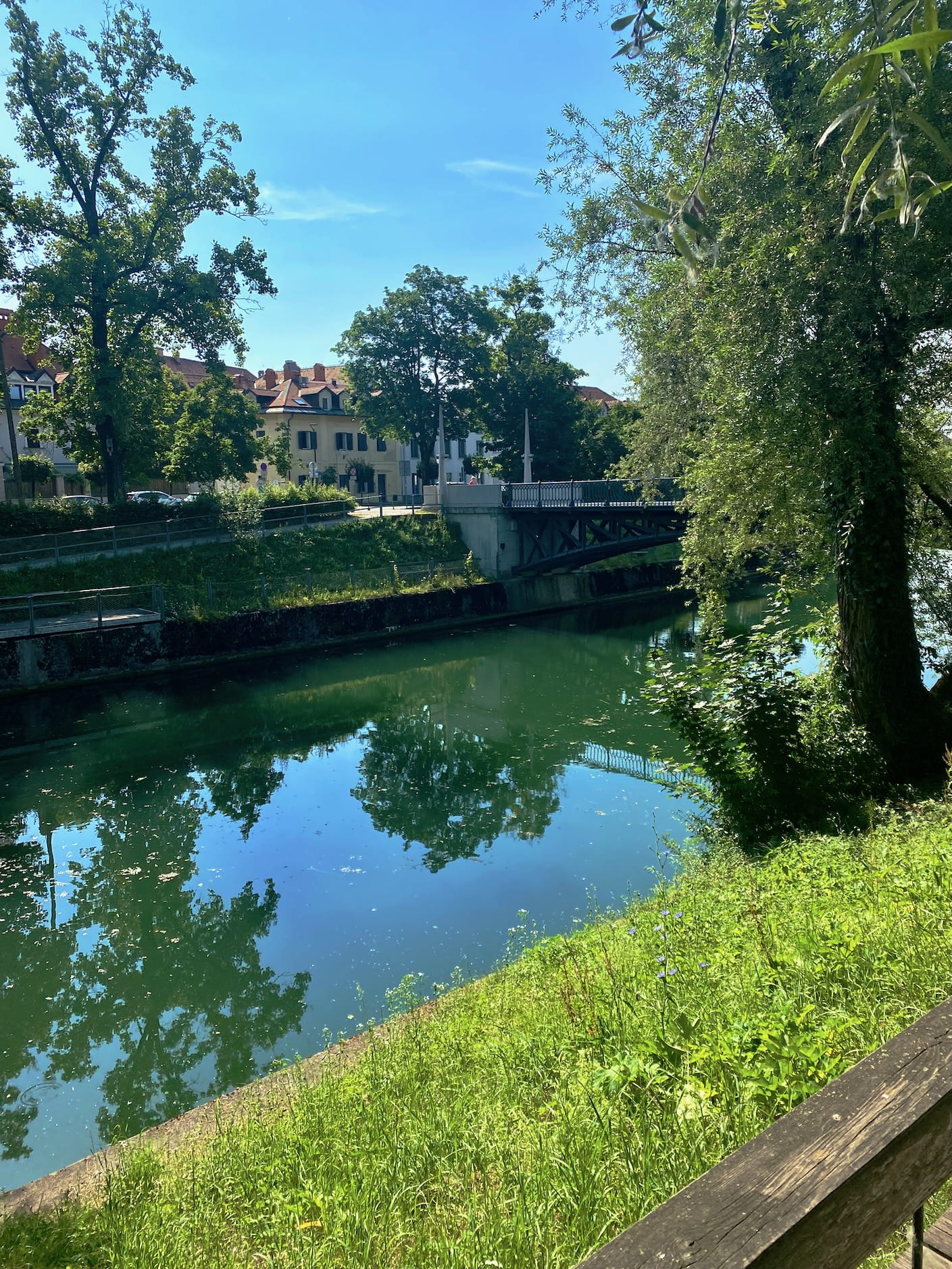
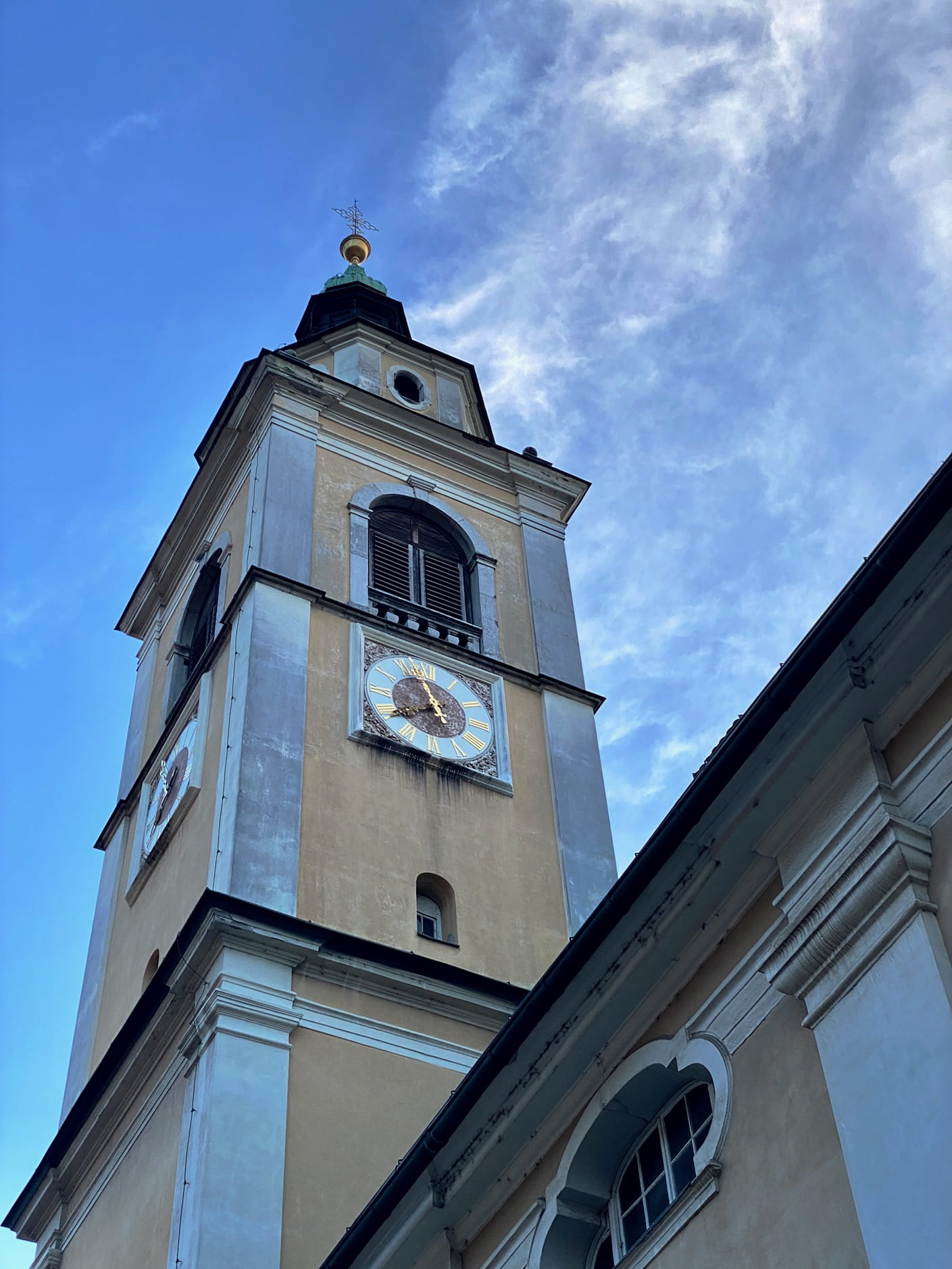
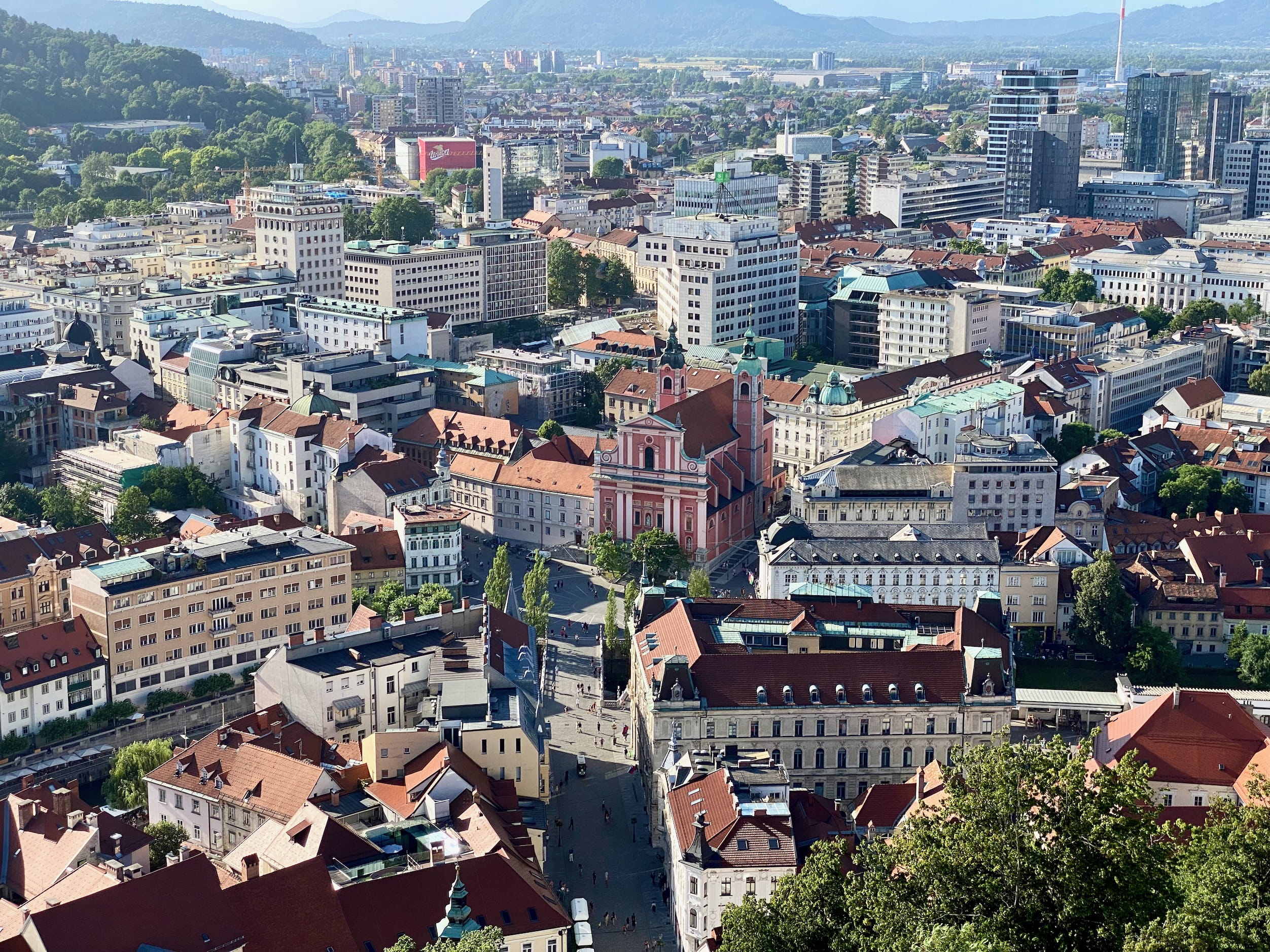
Puppet shows were a popular storytelling form here. I’m not usually into this kinda thing, but seeing them in person, I understood why they’d have been captivating. They are intricately carved, surprisingly large (e.g., doll-sized), and offering way more degrees of control than anticipated via complex string wirings. Plus, good production value w.r.t. writing, set design, etc. Here are a couple whose stories you will probably recognize.
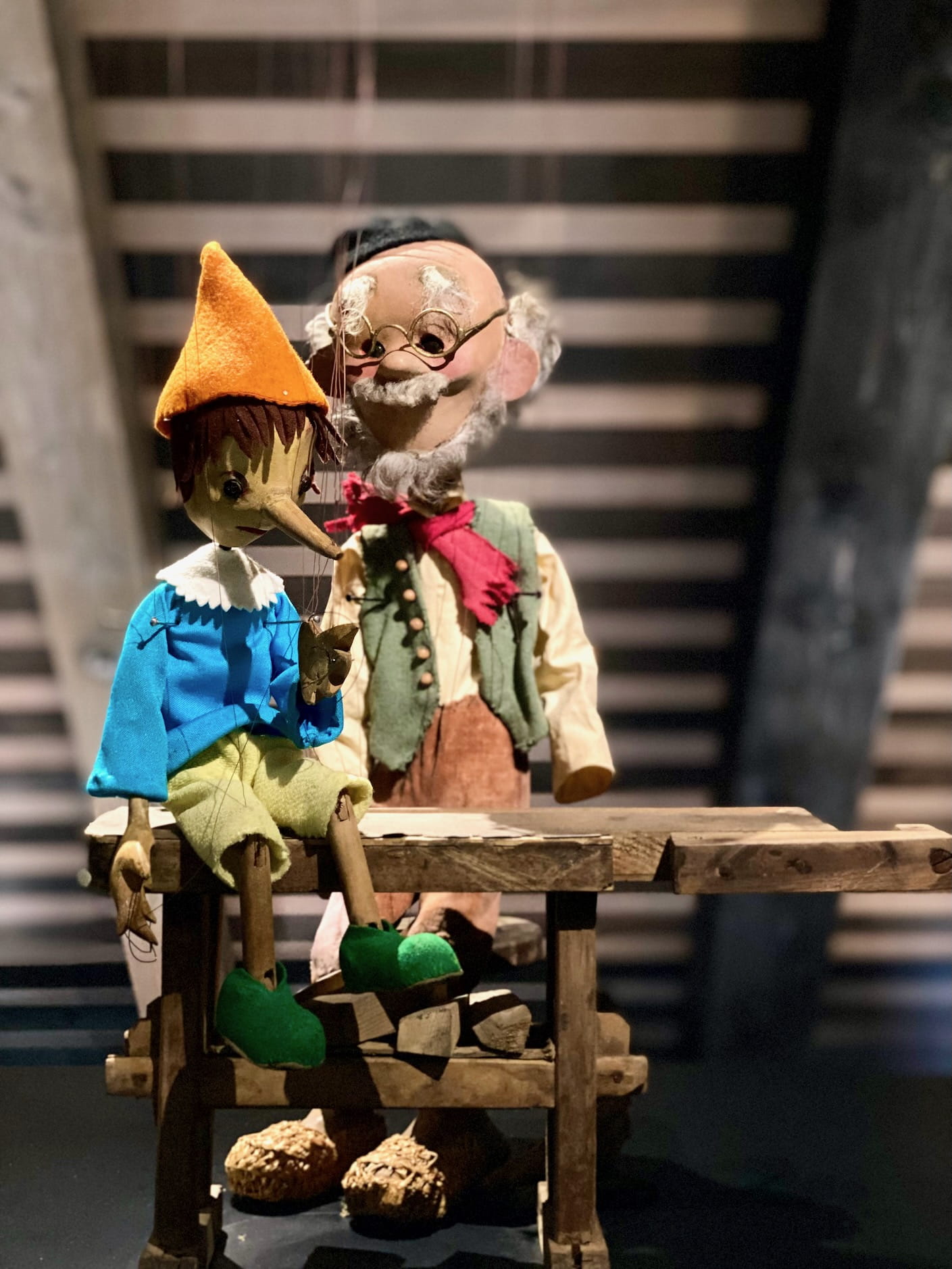
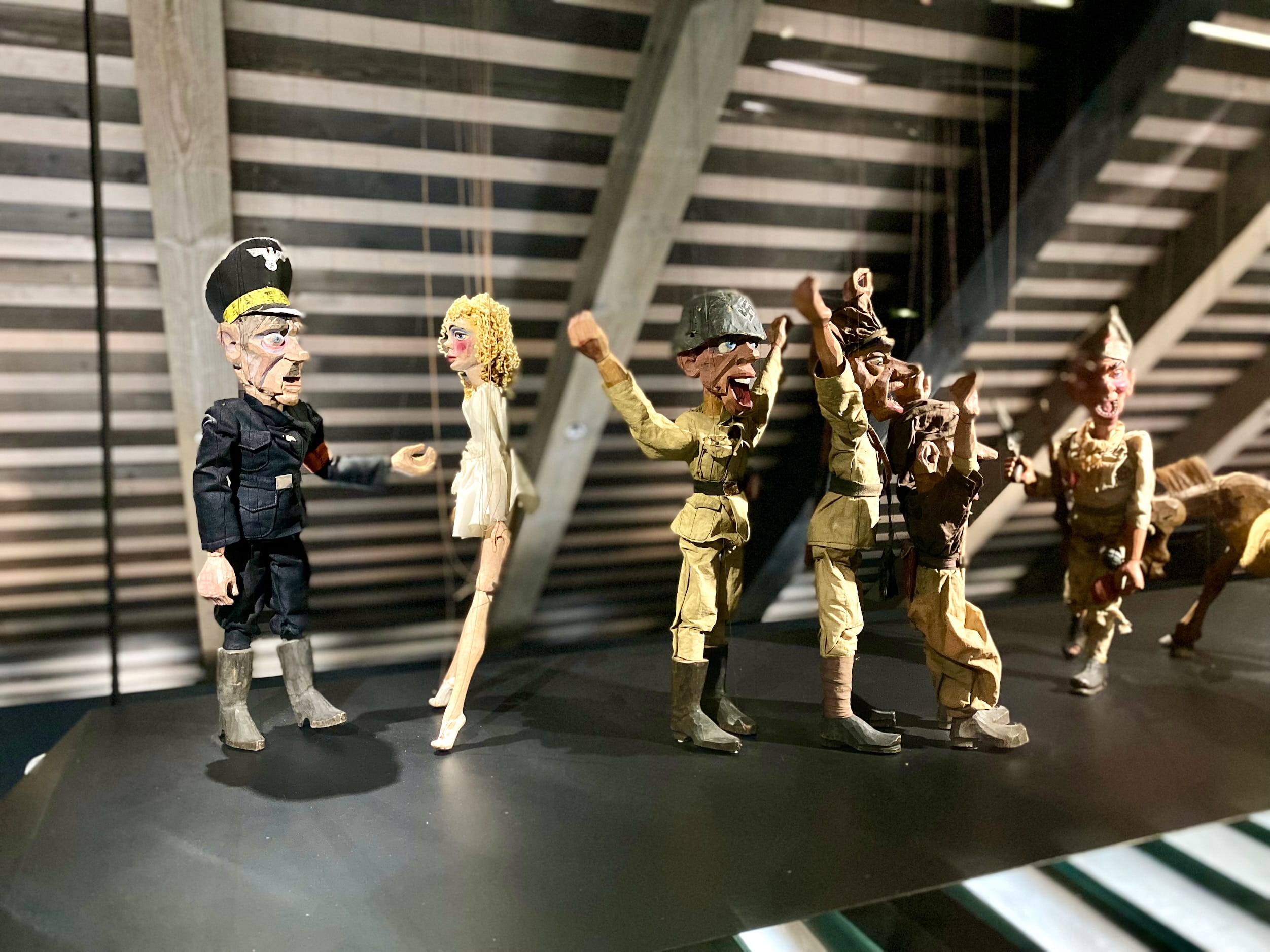
Both from museums and talking to a local friend (thank you, Bor!), I was initially surprised by how much Yugoslavia was brought up. Since my history knowledge is generally so poor, I barely knew that Yugoslavia was a big communist state in the region that broke up into a bunch of individual countries (incl. Slovenia) in the early '90s, around the time the USSR broke up. But that was, like, thirty years ago, so why were people still using the old word?
Yugoslavia was around since post WWI (1918) under a couple different governments: a monarchy, then communist post ~WWII. Slovenia broke off in 1991. So that’s ~70 years of “Yugoslavia” vs ~30 years of “Slovenia.” Given this, people still thinking in terms of “Yugoslavians” makes sense—you don’t just forget that overnight. (Plus, re: political amalgamations in the region, you can go back into the 1800s with Austria-Hungary governing most of what’s now Slovenia, Croatia, & Serbia.)
Anyway, I’m completely unqualified to write about this, and I’m barely making it tip-toeing my way through the above trying to not write anything blatantly wrong—suffice to say, post-communism & post-Yugoslavia very fresh in the country’s history.01
One interesting aspect I never thought of post-communism: lack of people with “old money.” In the states, we have ppl. w/ generations of wealth, so you get these mini genetic empires. So I hear at least, this wasn’t a thing when you were communist, so folks were starting off at the same point here in '91.02
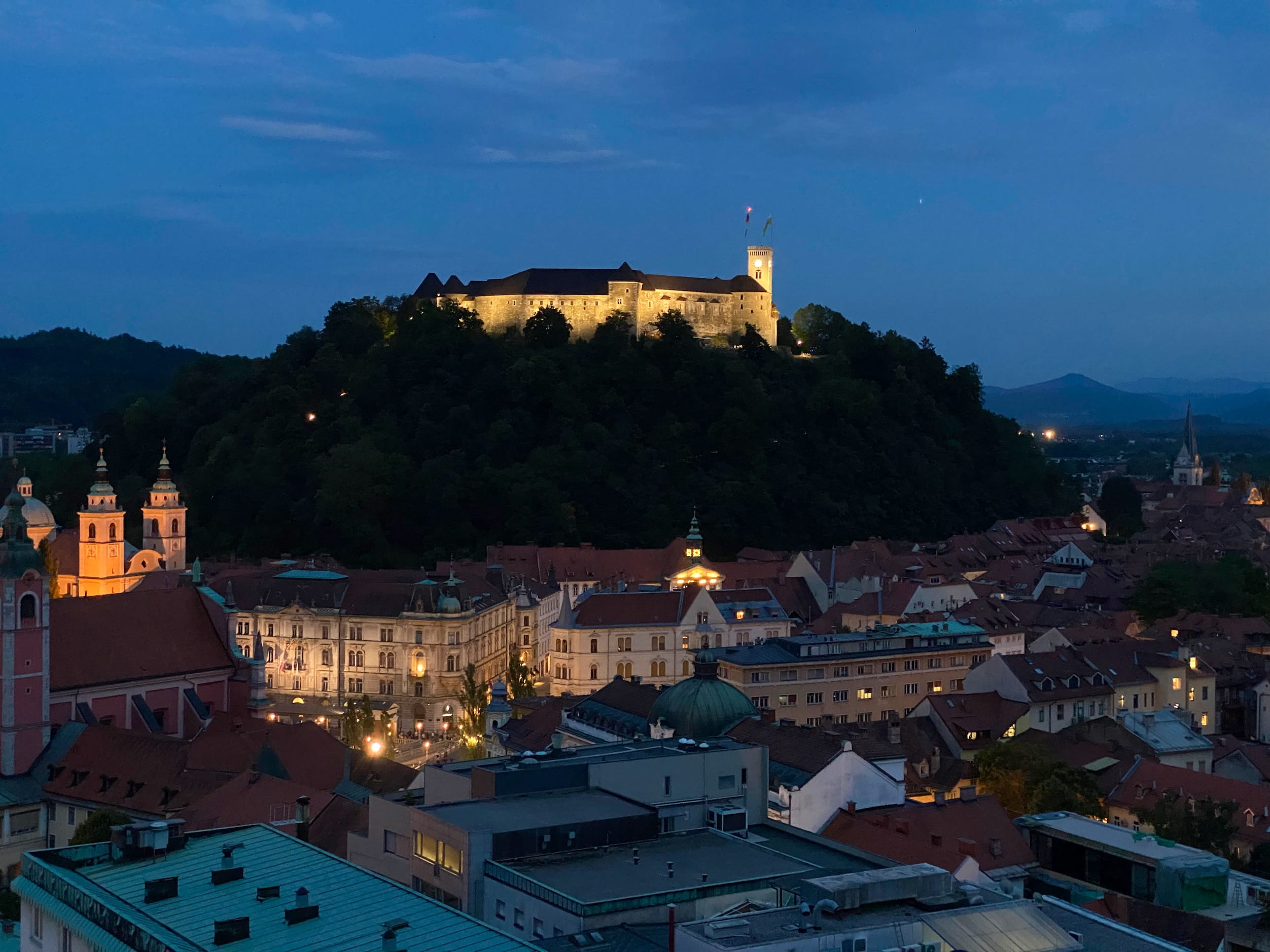
Bled

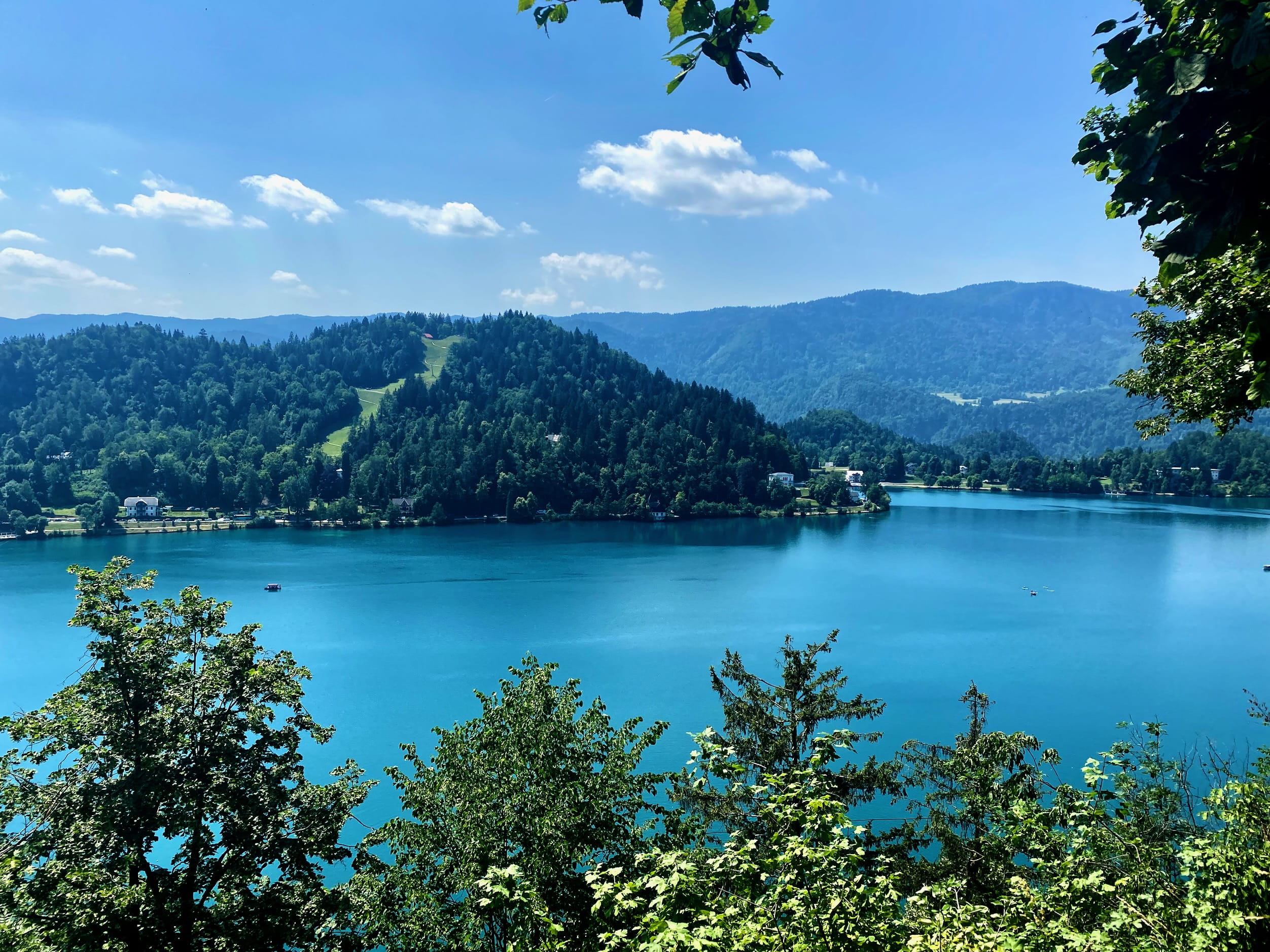
Bled is this famous lake with a tiny island in the middle with a church on it. I do not have The Picture of this—maybe because we didn’t pay to go in the castle, or maybe you need a drone? Anyway, google “lake bled” if interested.
You can just go to the beach for free (+ parking) and have a fantastic, exhausting swim to the little island.
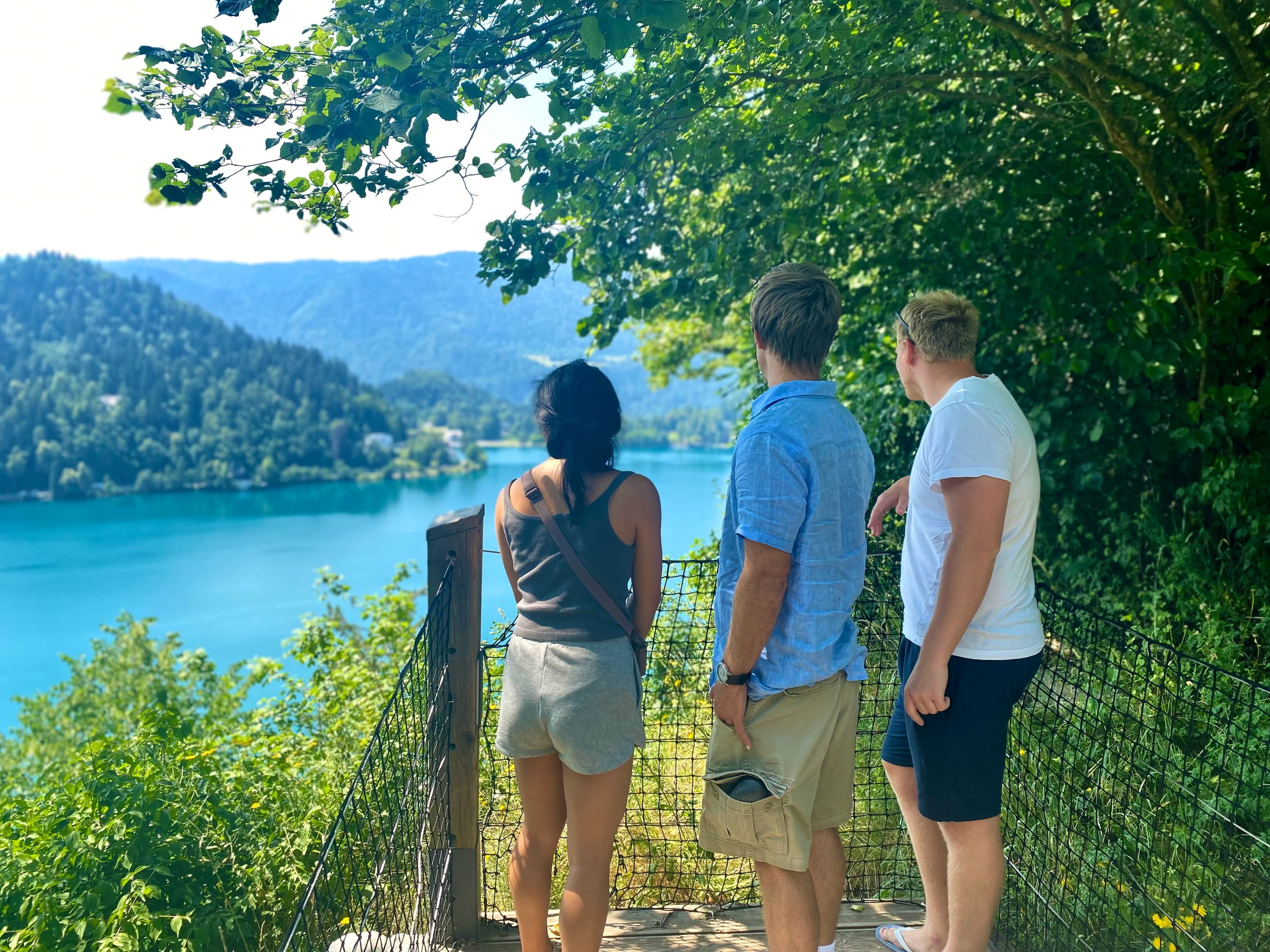
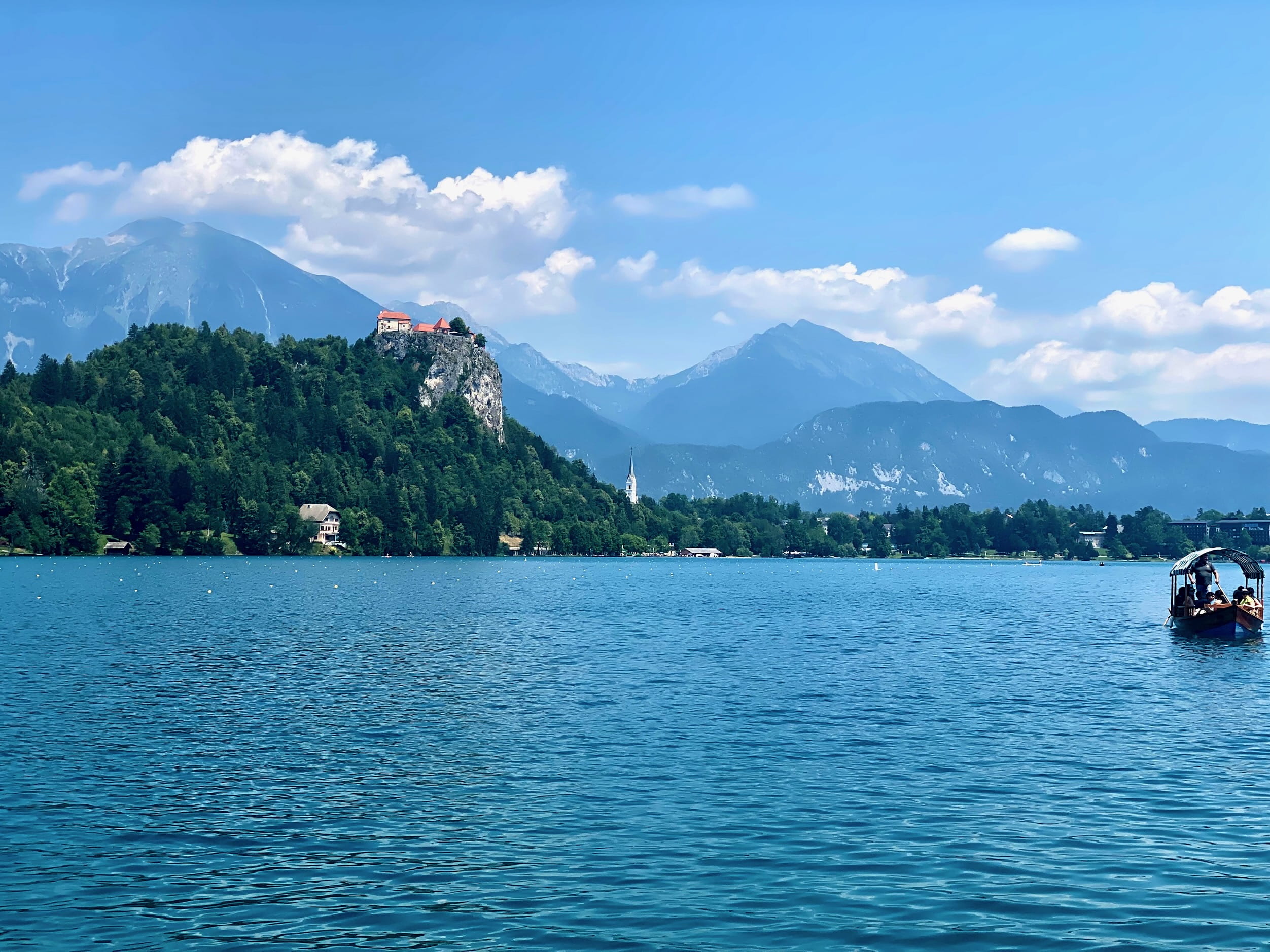
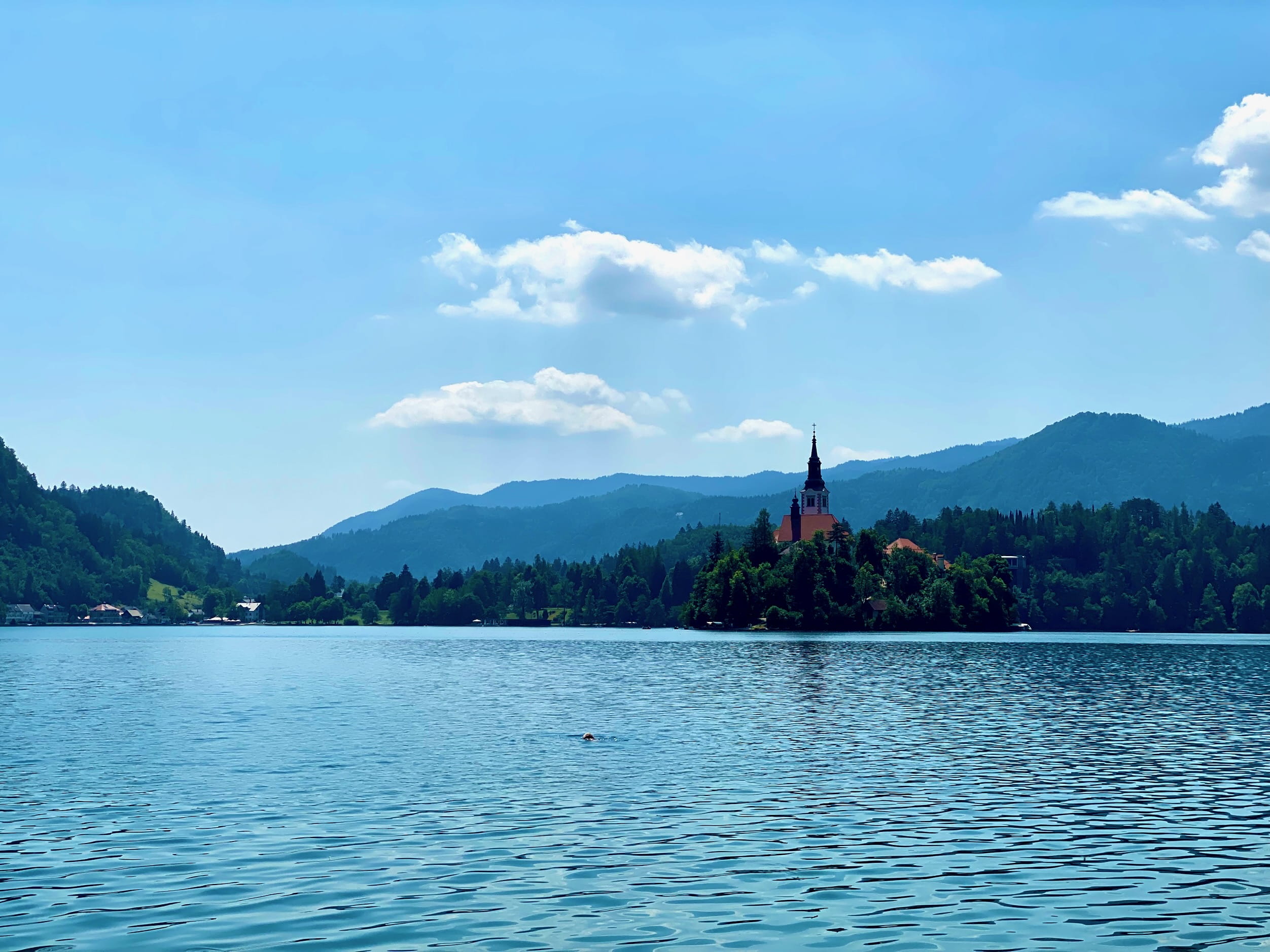
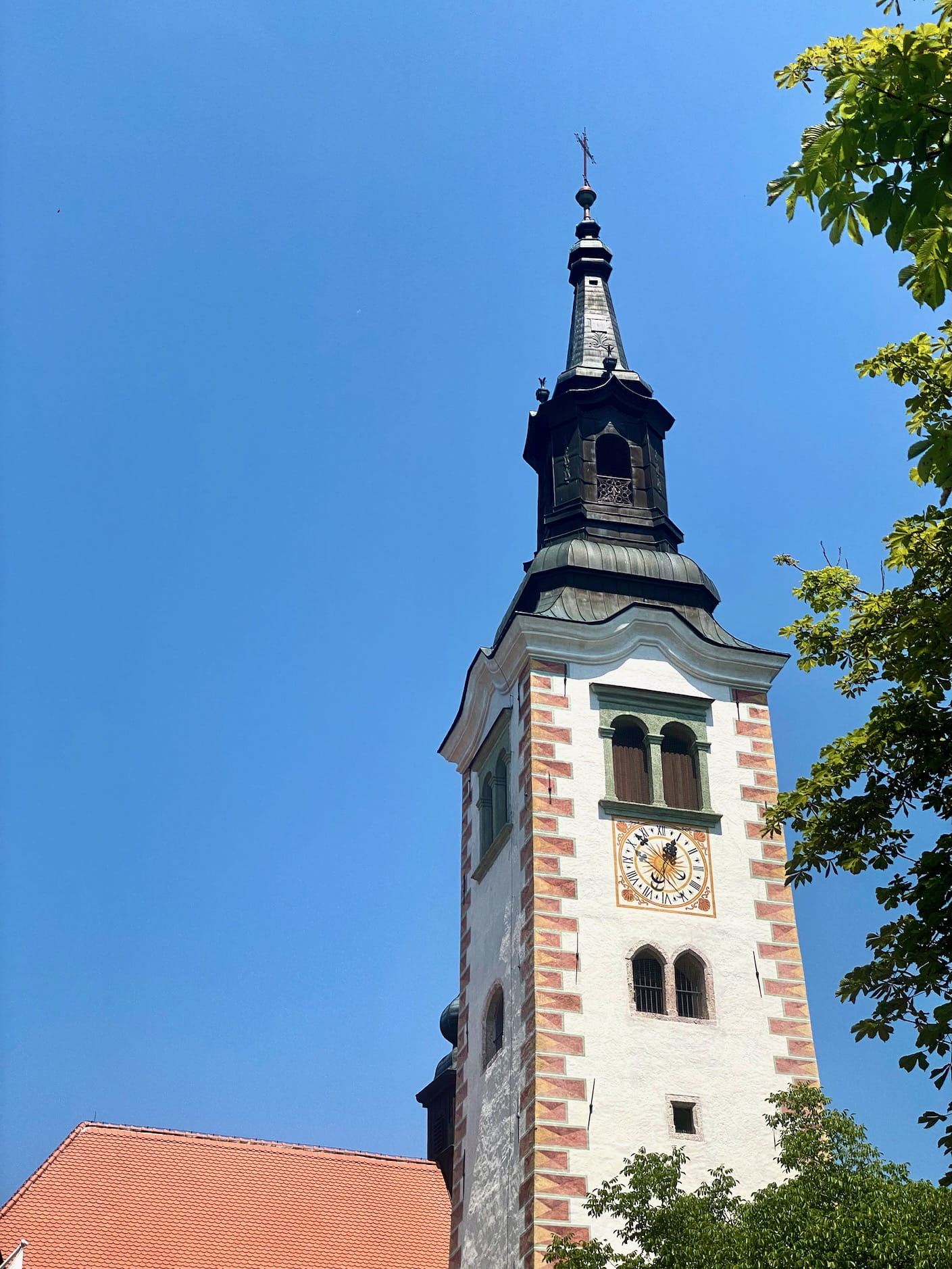
Look At These Ski Jumps
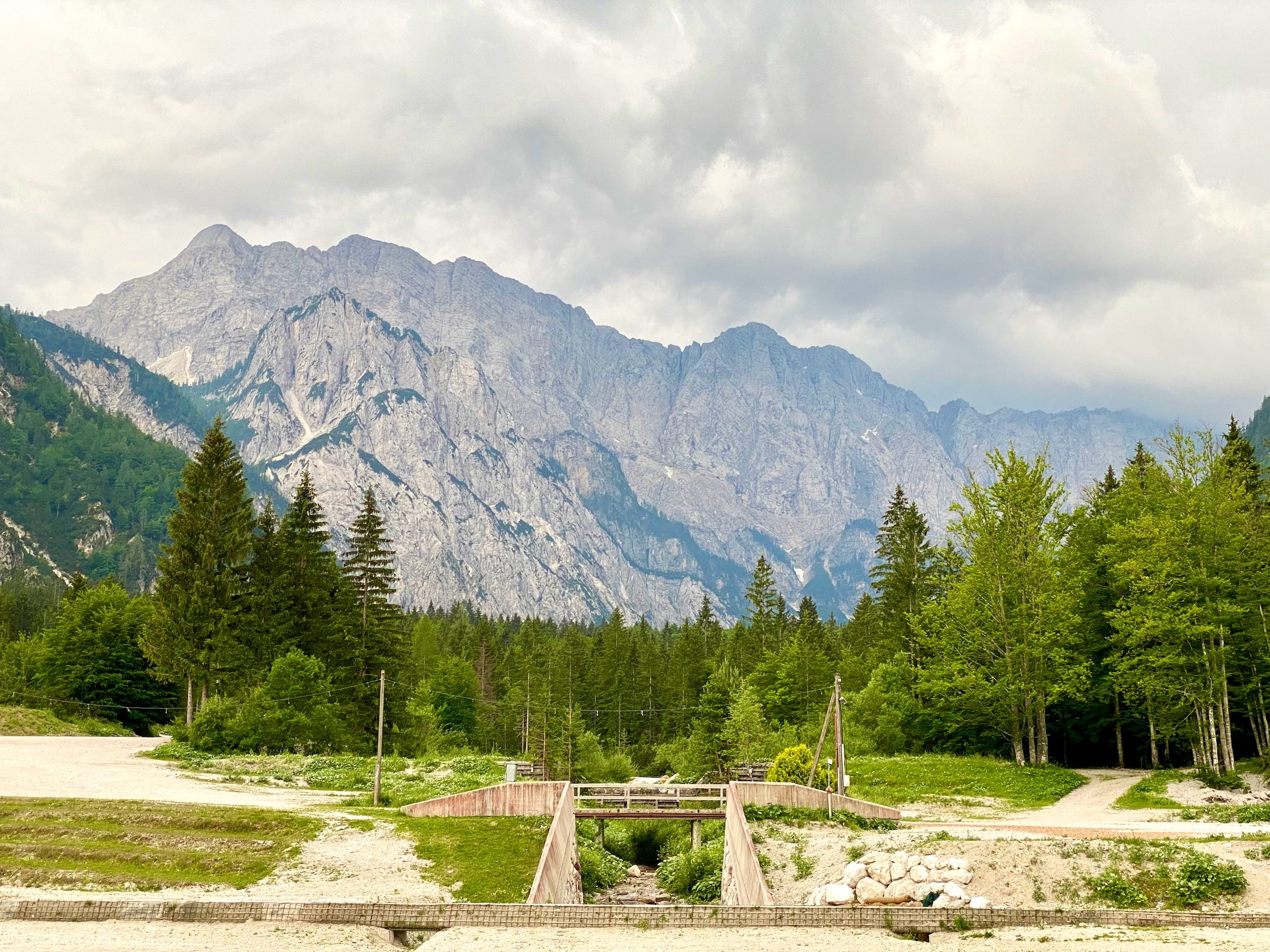
Sorry, not in this photo. Just some establishing scenery. Ski jumps upcoming.
Pit stop. Hey, what do you think they do with ski jumps when it’s off season?
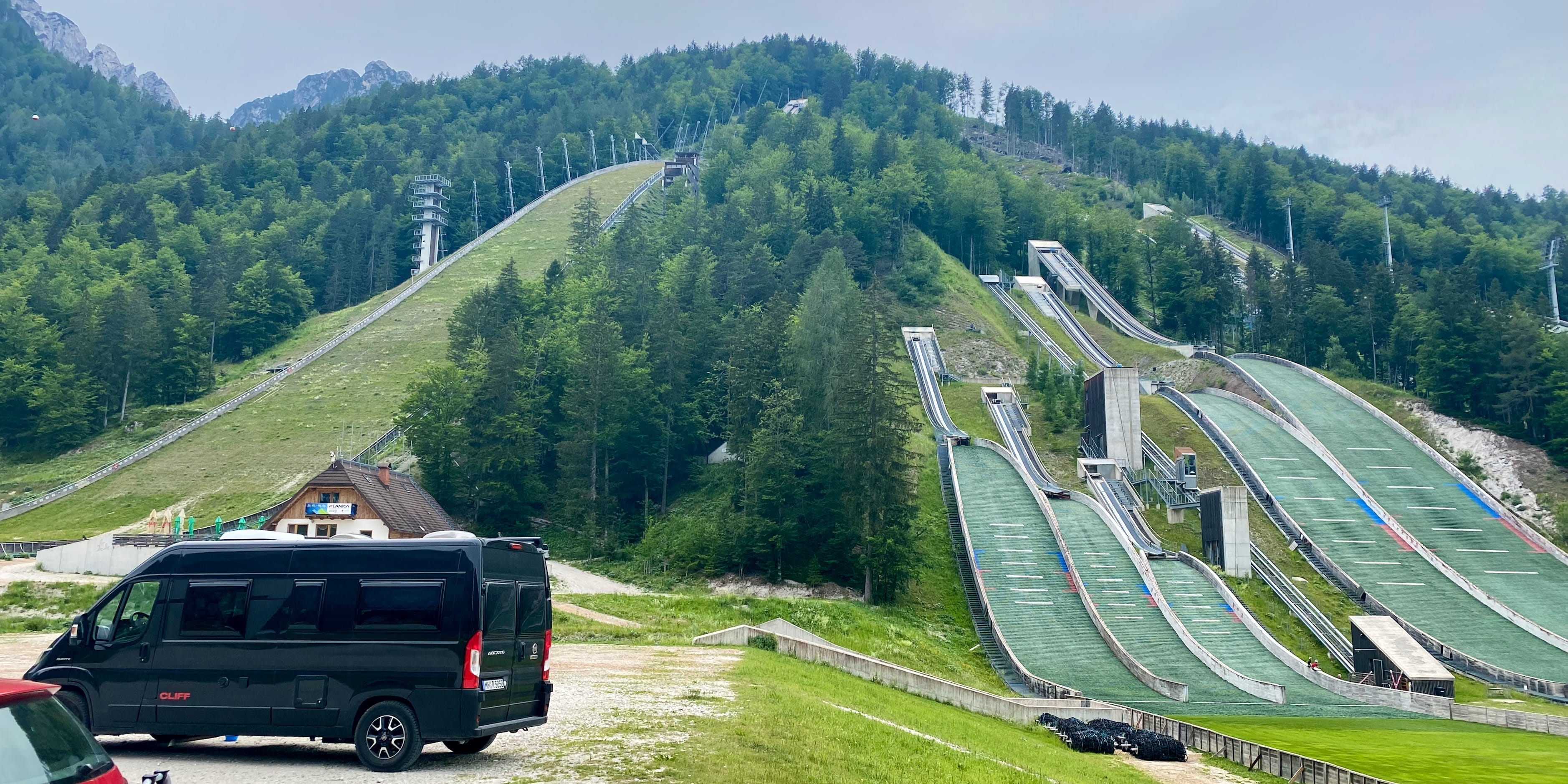
If you answered, “they spray water on the turf and skiers just blast off them like it’s normal,” then you were righter than I. Behold grainy midair proof:
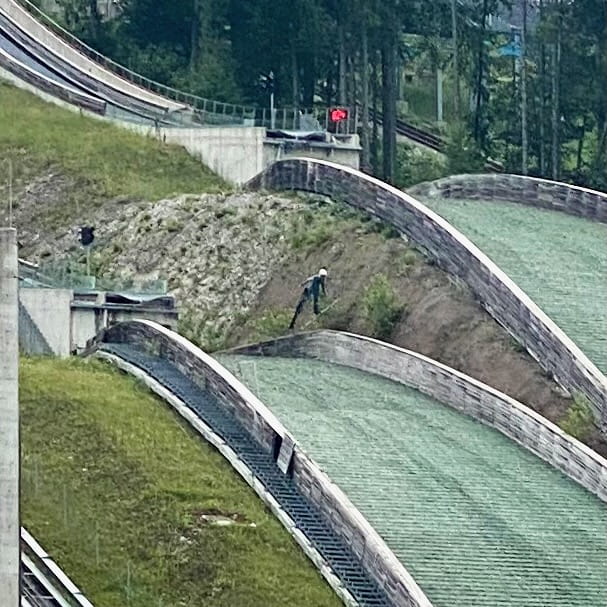
We were informed by an ex-semi-pro skier that it’s basically young light guys/gals who are good at this because, aside from the jump, you basically just want to glide as far a possible, so you want to be light weight and wear a strategically floppy suit.
The big one on the left was the world’s biggest for a while. That whole grass strip is just the landing pad. You can barely see the start of the run peeking out through the trees. You can walk up it to experience appreciating ski lifts in real time.
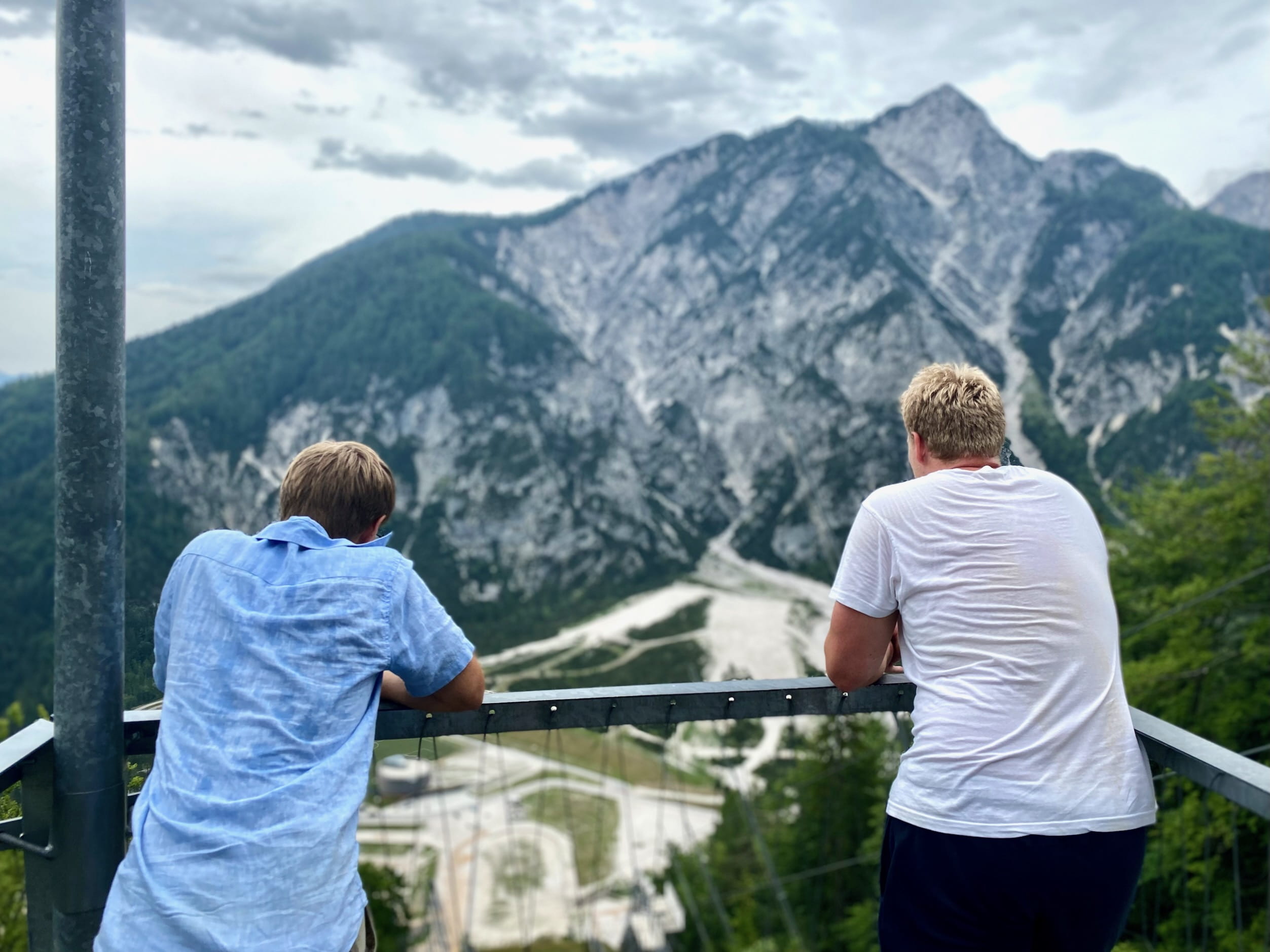
Bovec
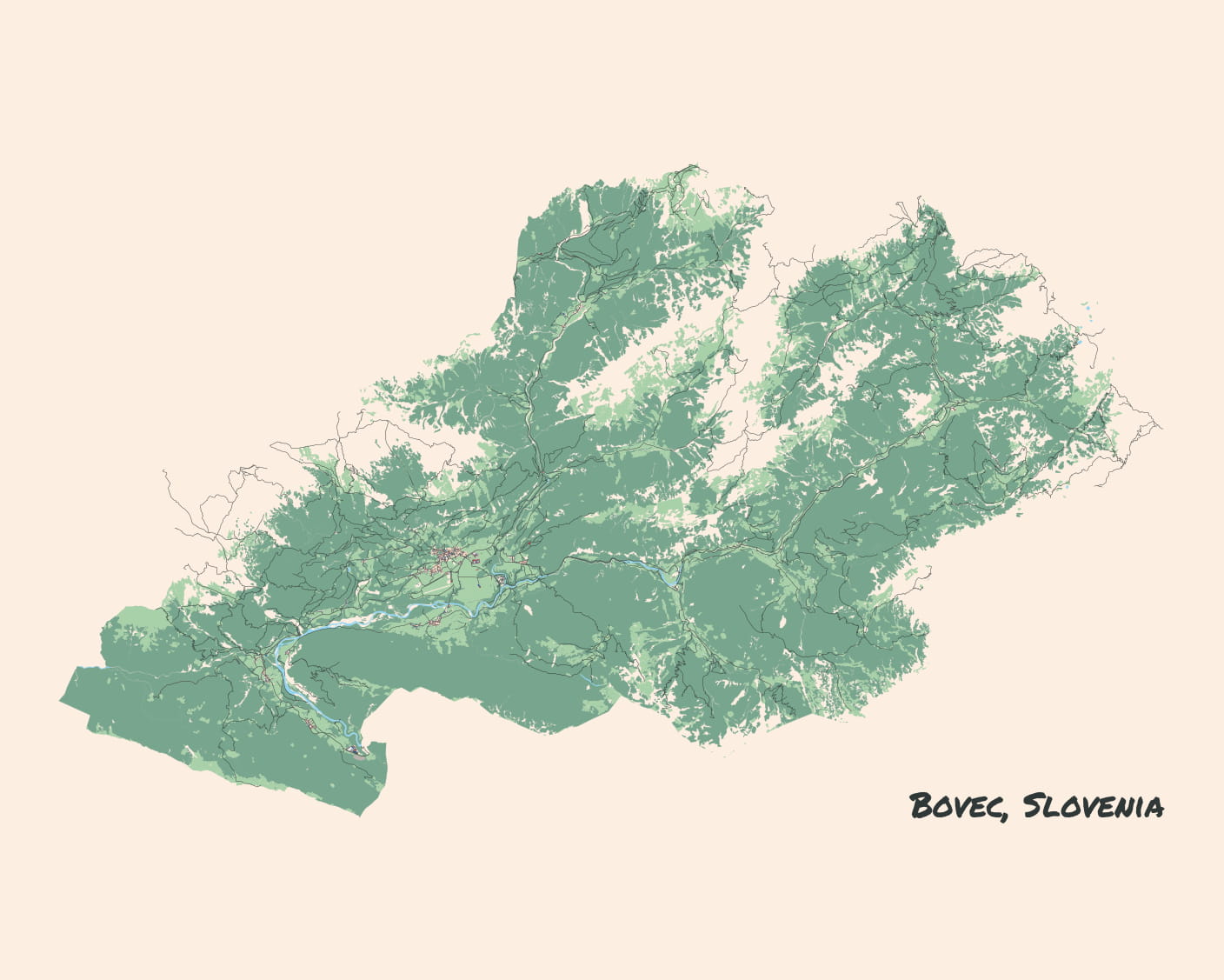
Bovec is this mountainous region in NW Slovenia that seems to be 98% occupied by German / Austrian adventure tourists. Here is some b-roll establishing footage:
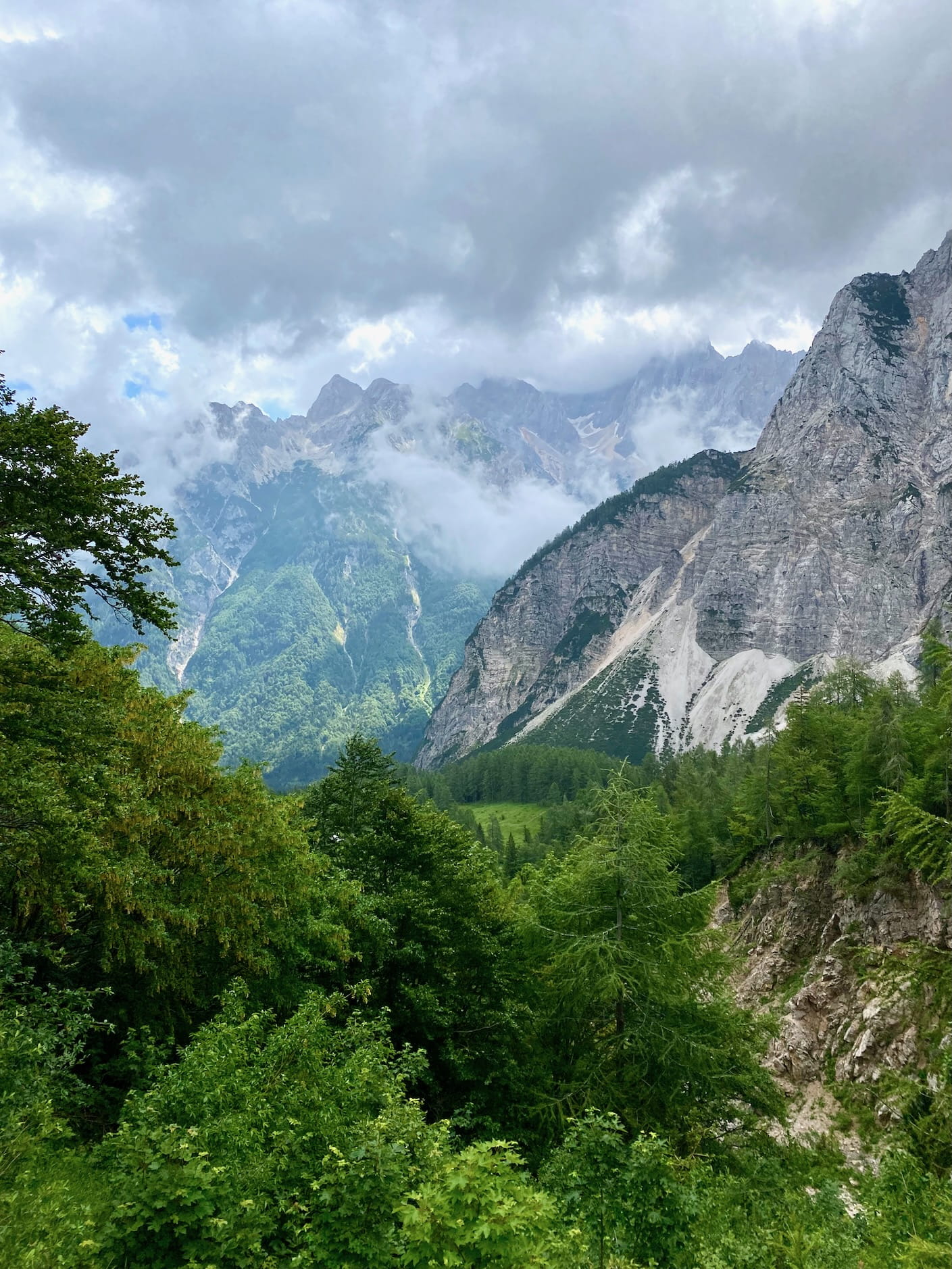
To get to Bovec you can drive through one of two mountain passes. One stays in Slovenia, one goes through Italy for a bit. (Cue appreciation of “driving through countries in Europe is like driving through U.S. states, except they’re actually different.”)
Because we are overachievers we drove through both (one was closed). Upon pit-stopping in Italy we ran into a store and bought several pounds of parmesan and pasta.
Anyway, here are some photos of walking around what Google informs me are the “Julian Alps,” feat. wild strawberries, frigid pool dips, and beginner-level steel rope guides.
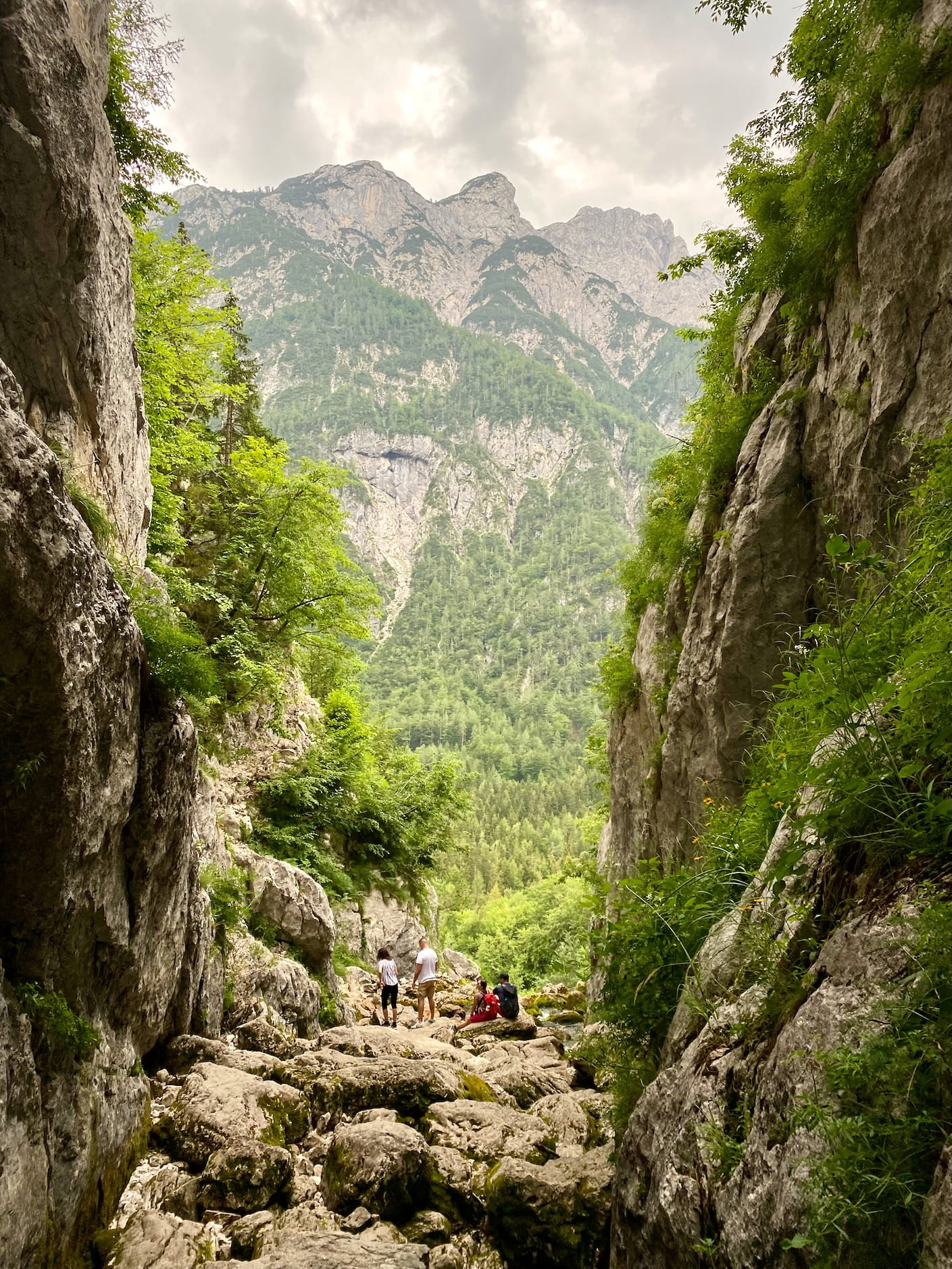
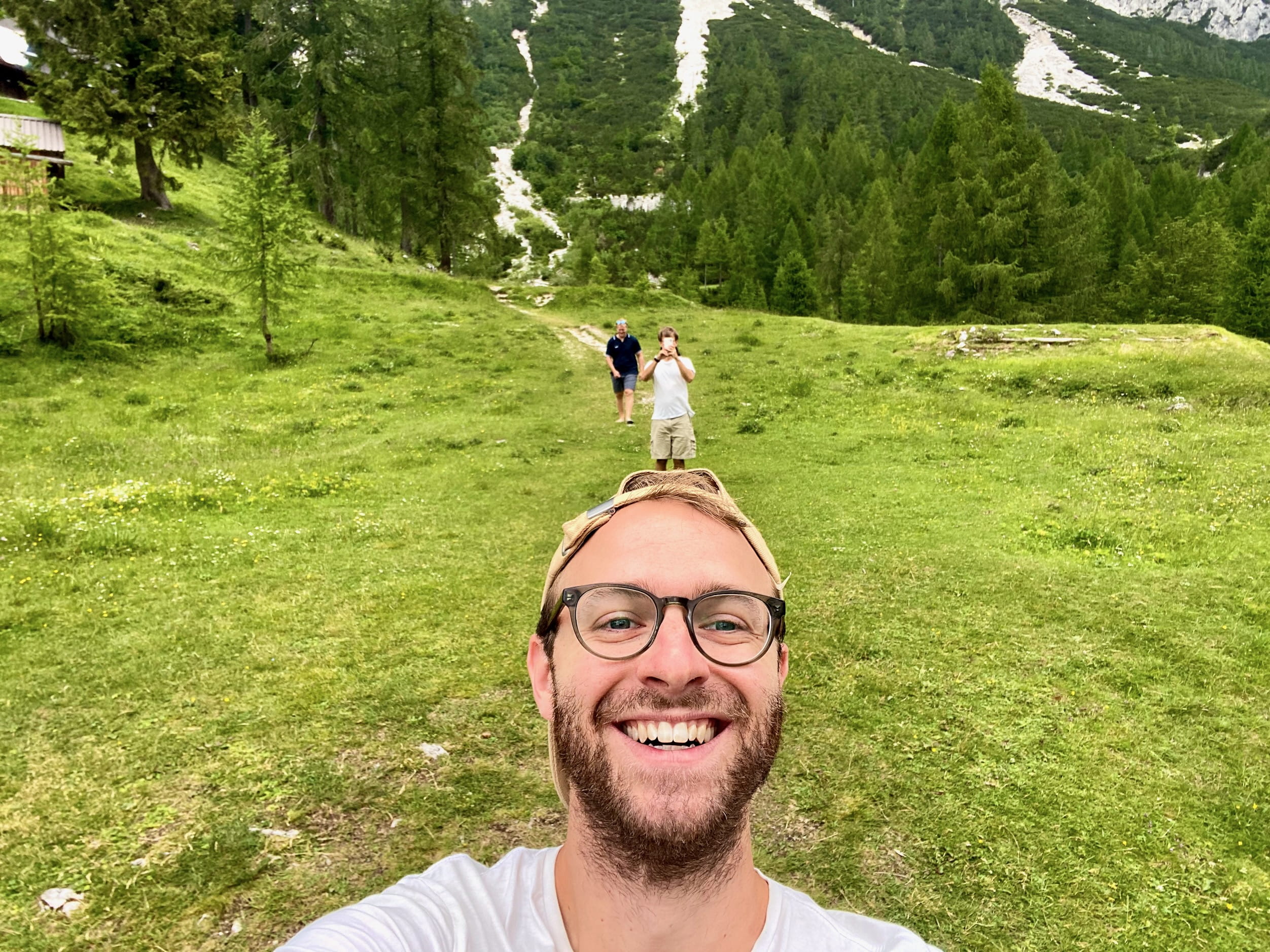
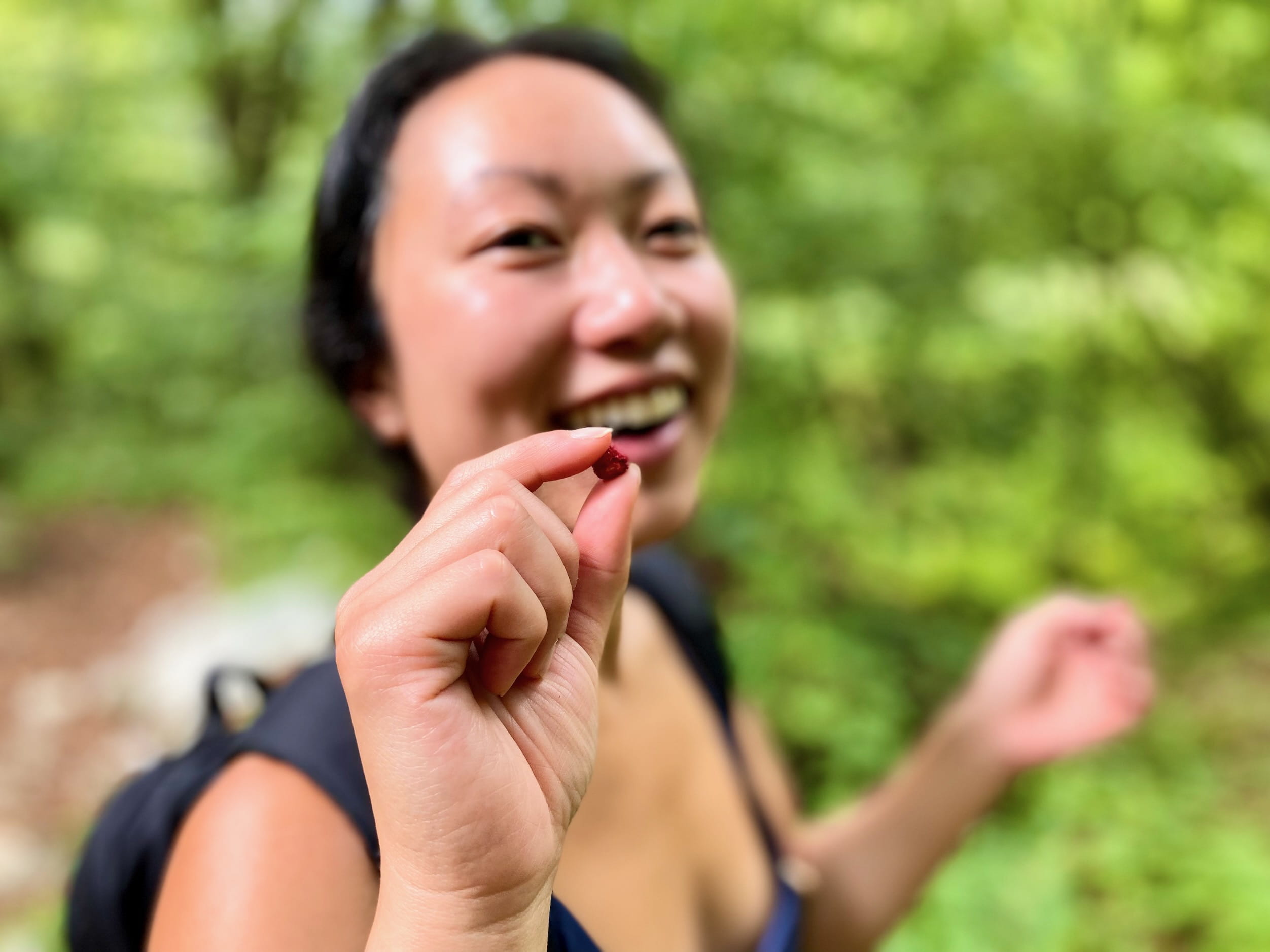
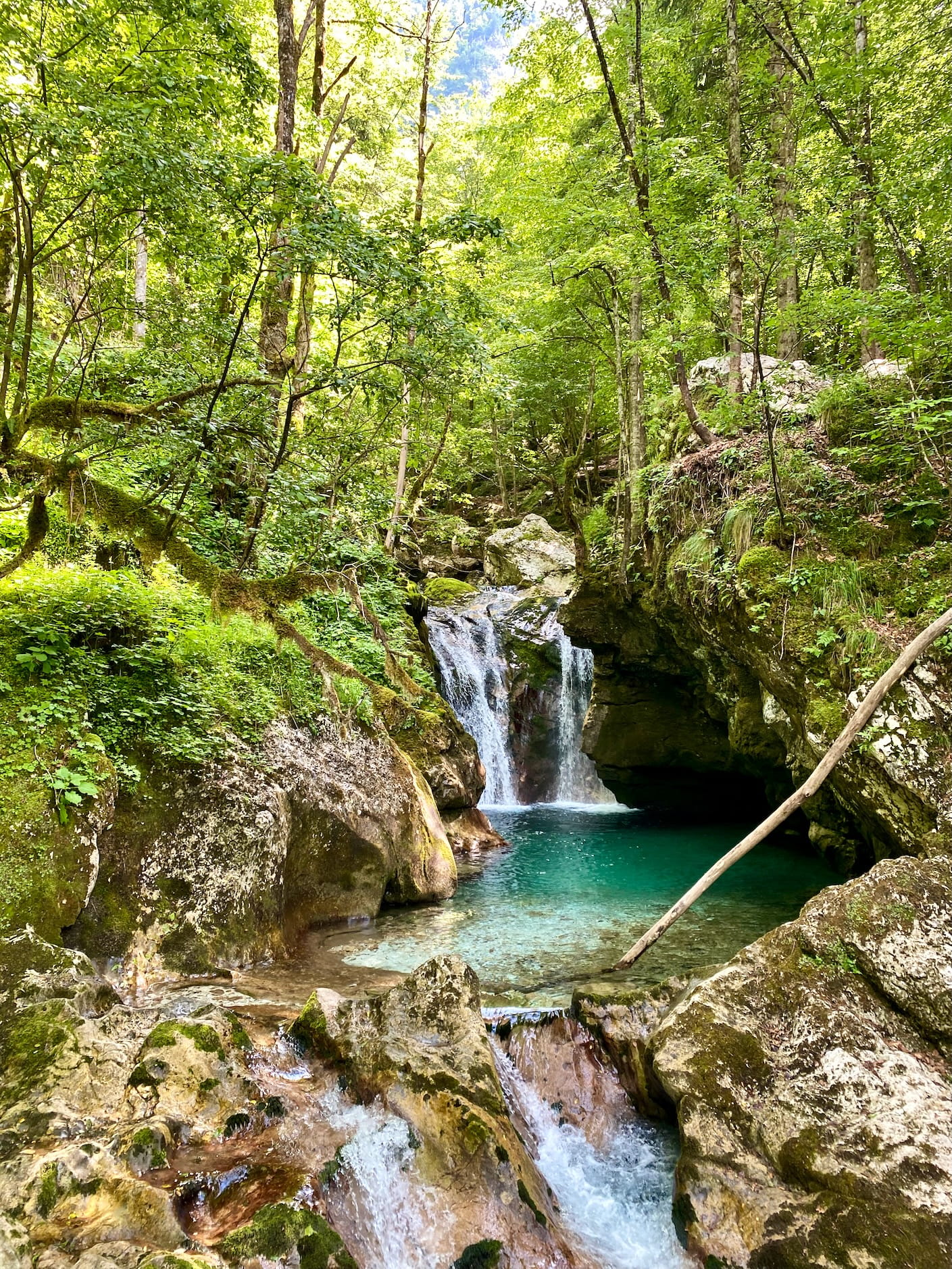
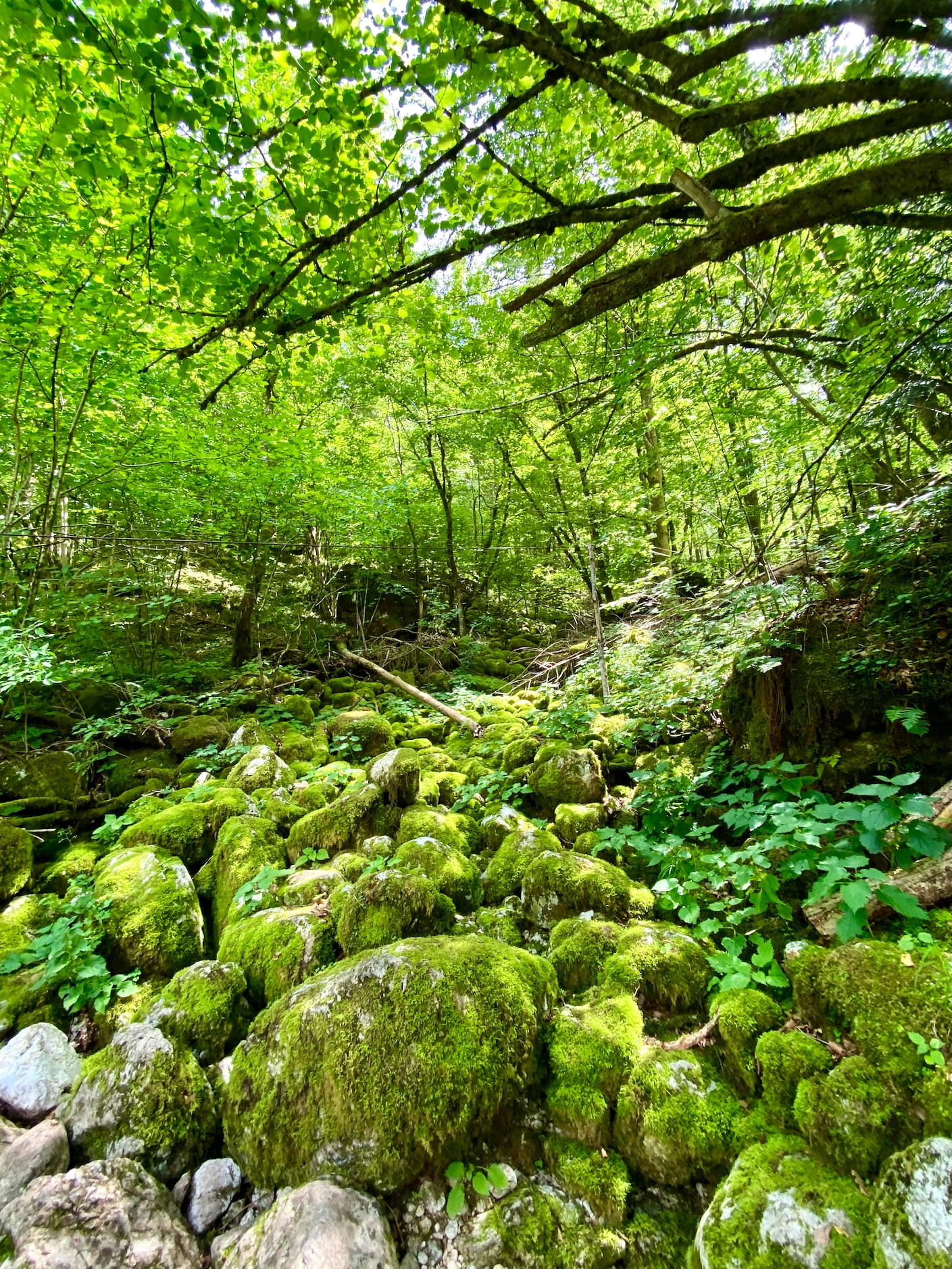
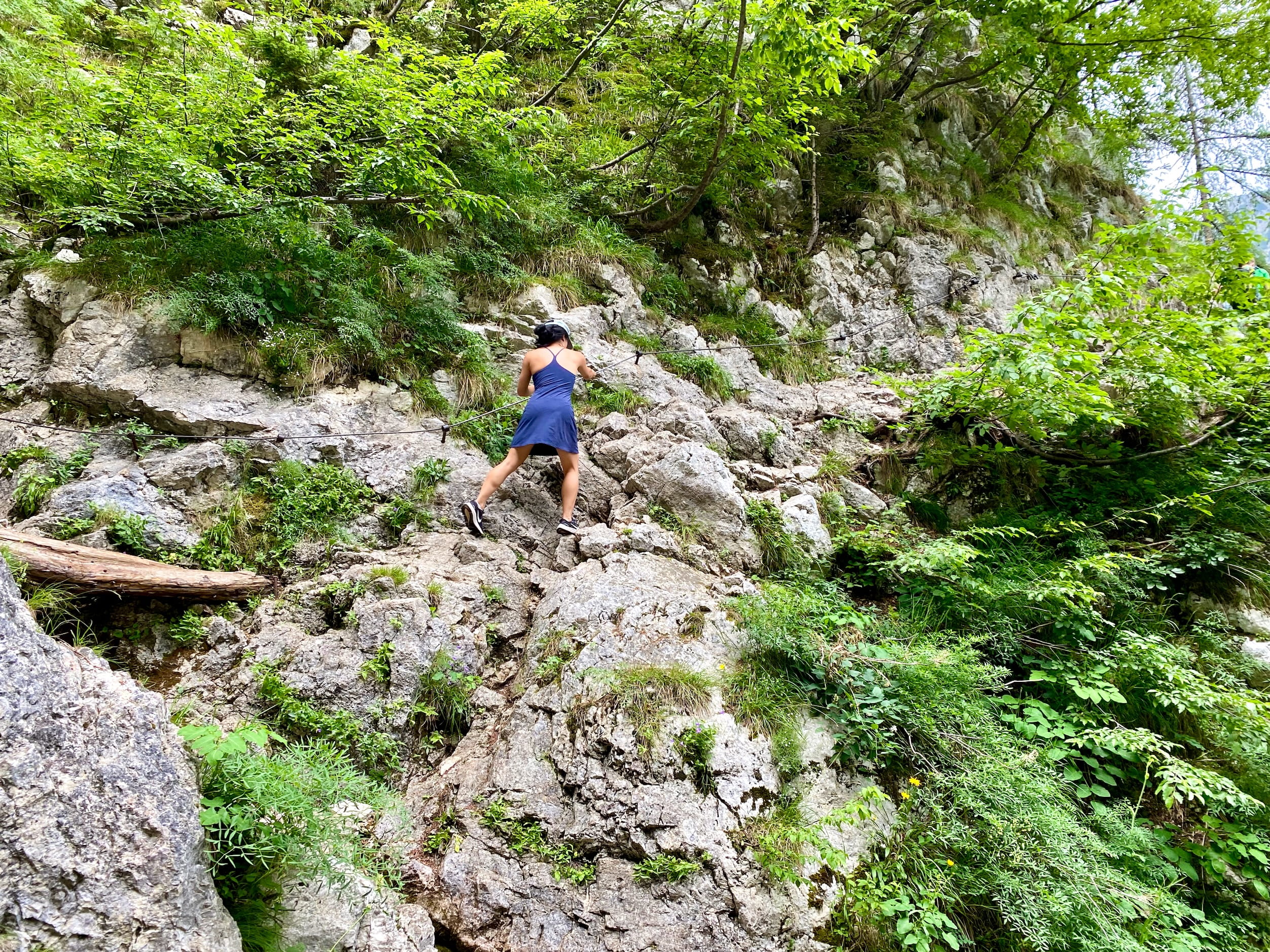
Food + Drink Interlude
Since there are a lot of nature photos in this one I thought it’d be good to break stuff up with my sparkling consumption commentary.
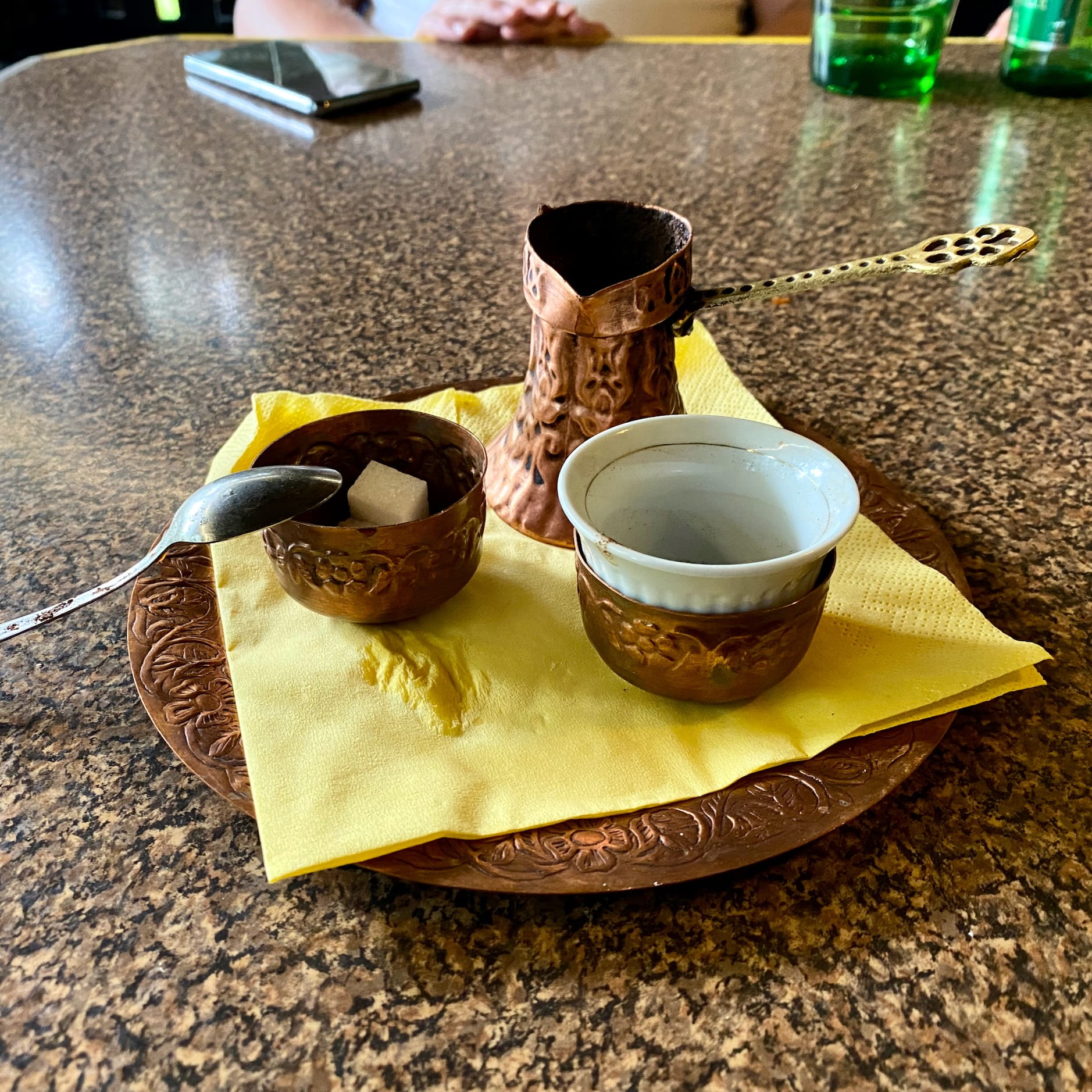
I had not realized it, but I’d never had Turkish coffee before. For some reason I had in my brain that a moka pot was Turkish coffee. Anyway, it is prepared by dumping coffee grounds and hot water in this adorable container with side spout. You don’t filter it, you just don’t pour the dregs. Tasty and top marks for presentation. This was at a restaurant where they informed us the village didn’t have running water that day so we couldn’t use the toilet, etc. (How were they doing the dishes?)
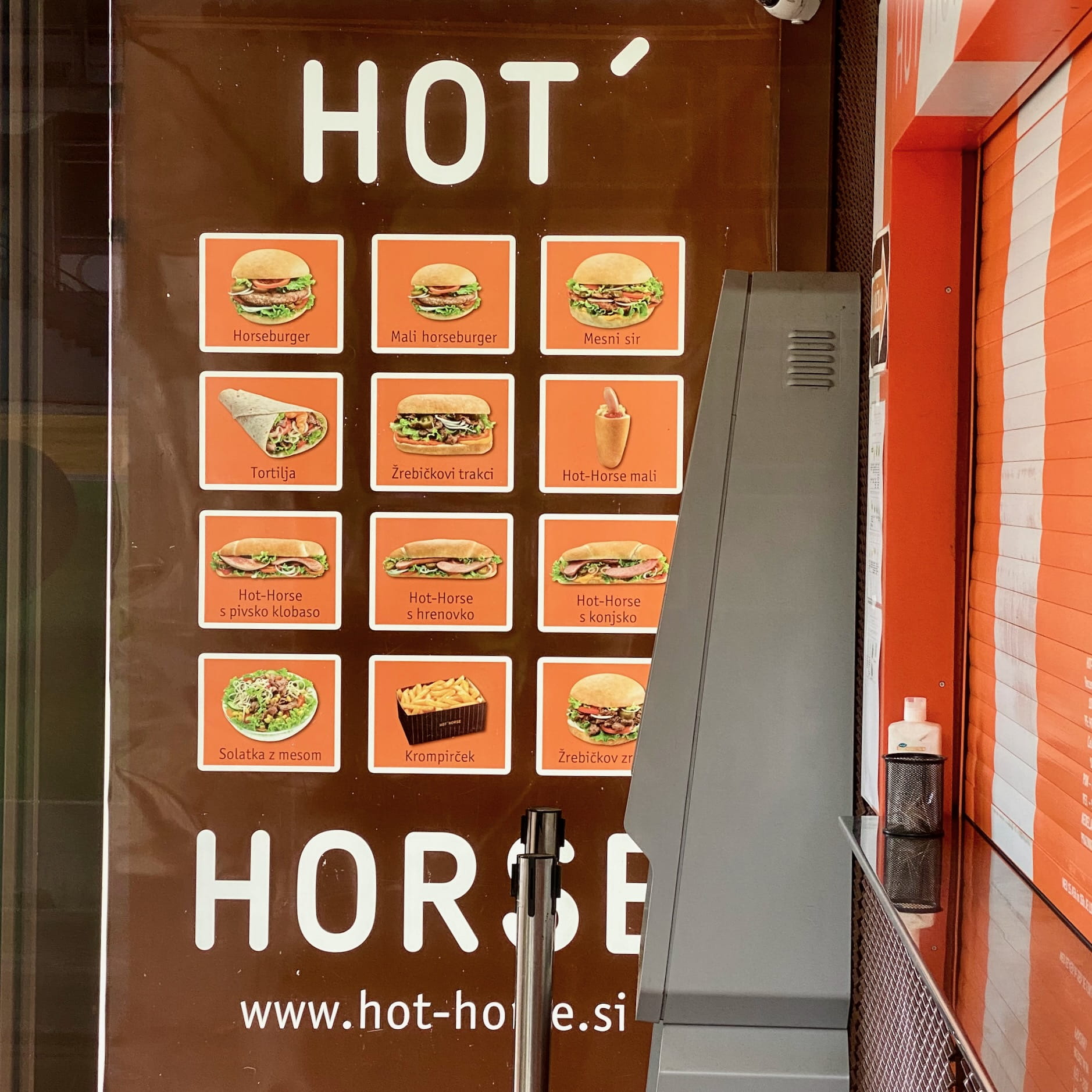
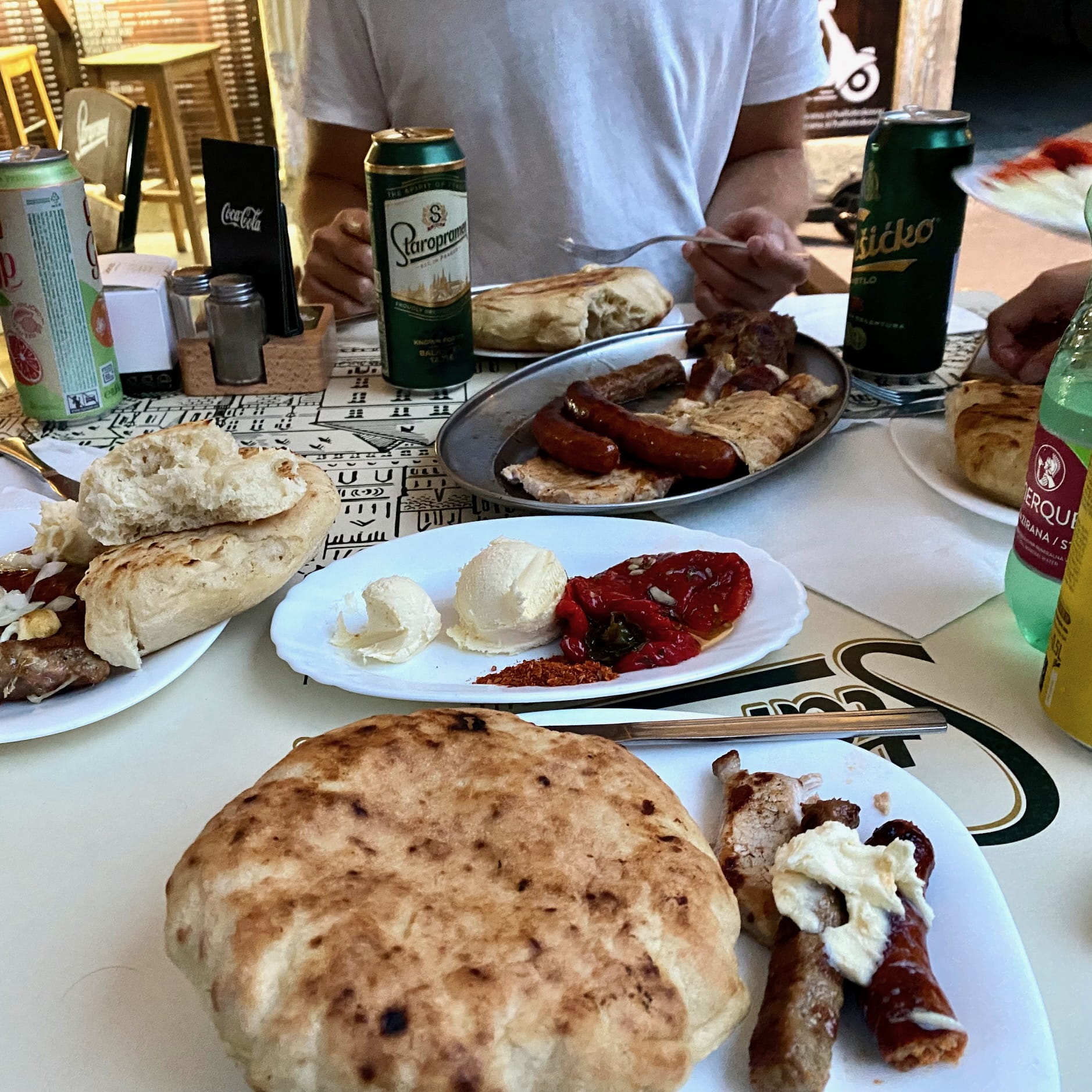
Top: Left: You can eat horse. I am sad to report that I did not eat horse. Hot Horse was closed. Bottom: Right: I did eat a bunch of ćevapčići. Sausages w/ flatbread, accompanied by grilled onions + peppers and creamy cheese. Delicious. This is apparently Serbian / Bosnian food, but is a staple in Slovenia. Traditional Slovenian food, I am told, is kind of Alps-esque: meat, potatoes, stew.
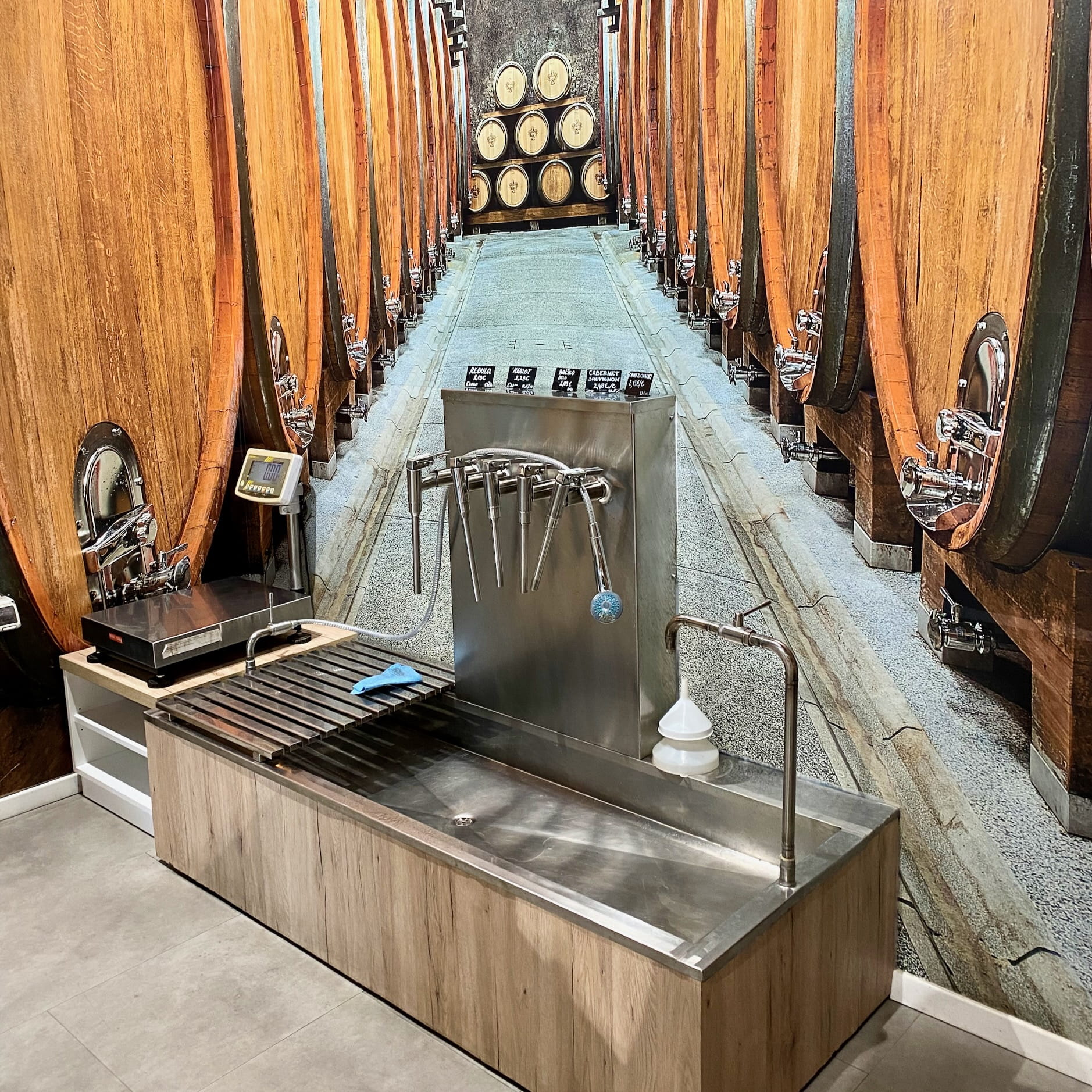

Top: Left: Fantastic concept: fill your own bottles w/ locally made wine! (The background is a print on a wall, in case that’s confusing you.) I think we got roughly eight bottles of wine for about fifteen USD. Bottom: Right: One nice side effect of bordering Italy is there is some amazing Italian food. This is Neapolitan pizza place Verace.
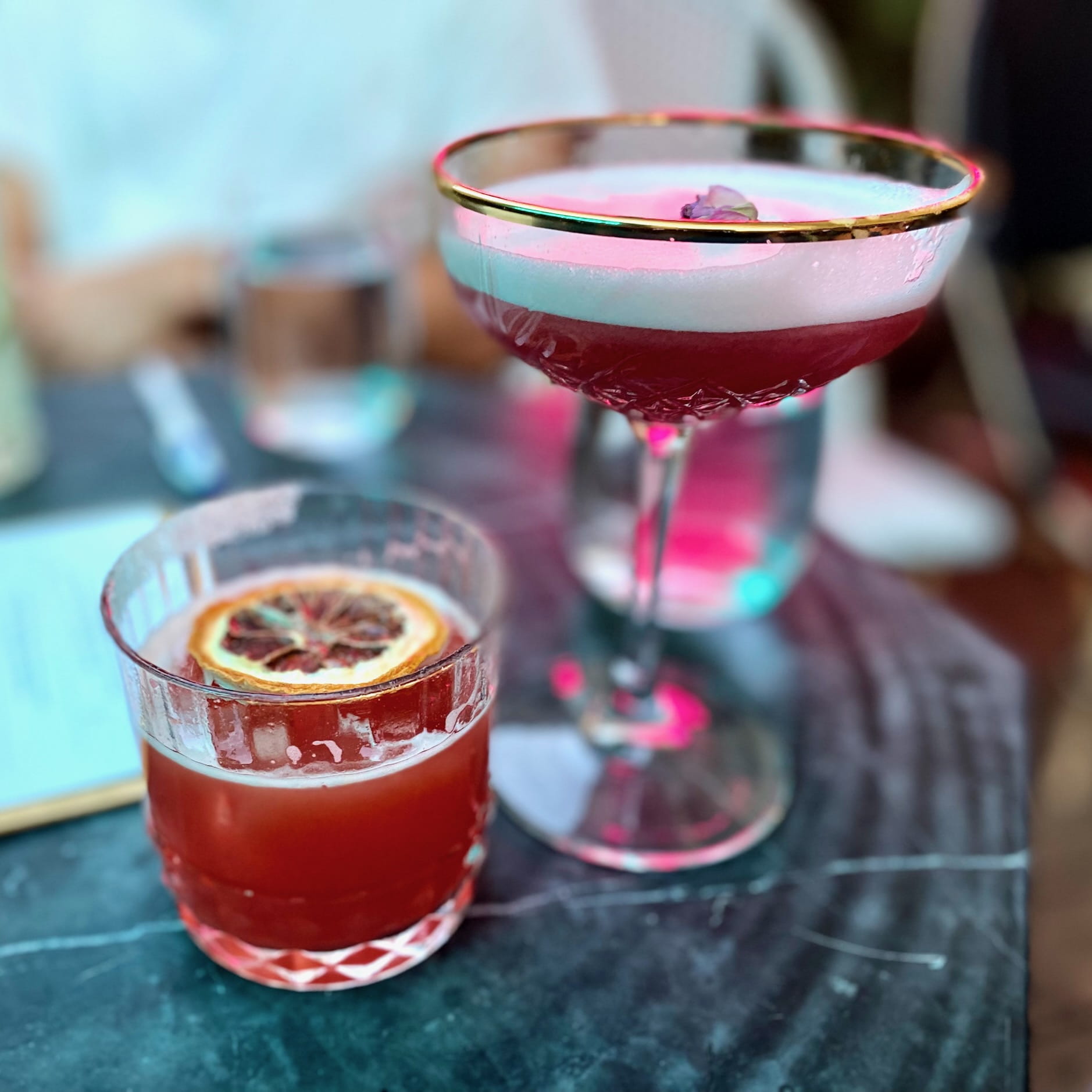

A funny interaction here: craft cocktail bar that was adamant about not coming anywhere near anything like a tiki drink. The bartender explained that pre-craft cocktails, tiki drinks were the beverage du jour at basically every local bar, and they were oversweet and bad. Hence, his rebellion in designing this craft menu, potentially related to the glowing neon sign I DON’T HAVE TO SELL MY SOUL above pictured.
The funny thing is, for me, tiki drinks—aside acknowledgement of “tiki” as kind of a grab-bag of motifs from various island cultures—like, really good, ultra-expensive, craft tiki drinks, are a still-emerging recent phenomenon (see, e.g., Inside Passage). I almost have the impression that craft cocktails movement 1.0 was like, OK, let’s get back to basics and make really good classic drinks + some riffs, and then 2.0 was, let’s open up to a huge bombastic and delicious range of flavor profiles while keeping what we learned from 1.0. No idea if this timeline is accurate. May just be the order I discovered things in. Regardless, in my mind I was trying to figure out of this guy was stuck in 1.0 or way past me into 3.0. As usual, the answer is probably some kind of option C, that my conceptualization is ignoring various local / industry factors and there’s some parallel universe I don’t know anything about and I’m just some dumb shmuck wondering whether he can get his hands on a Jungle Bird.
The drinks were still quite good.
Mangart
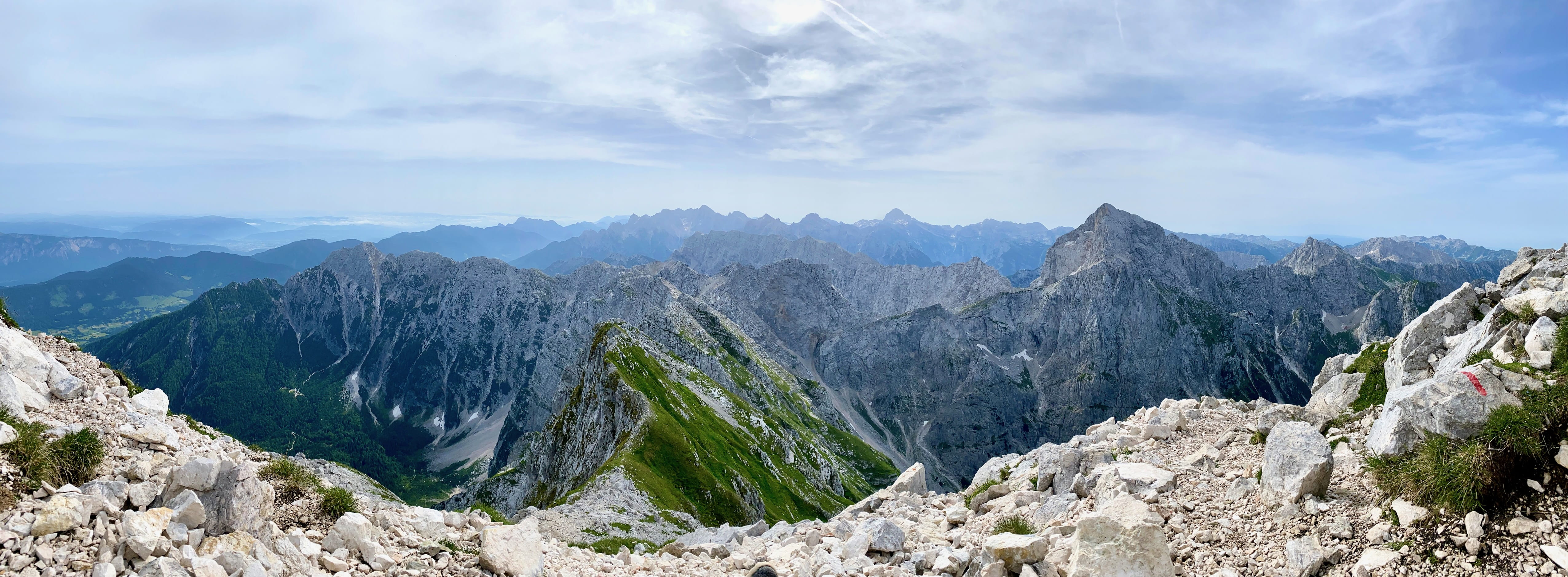
Local mountain. First time using those steel ropes to truly scale cliff walls. Good times.
After a few hours and literally every group we passed speaking German, I began to feel guilty not greeting people in German.
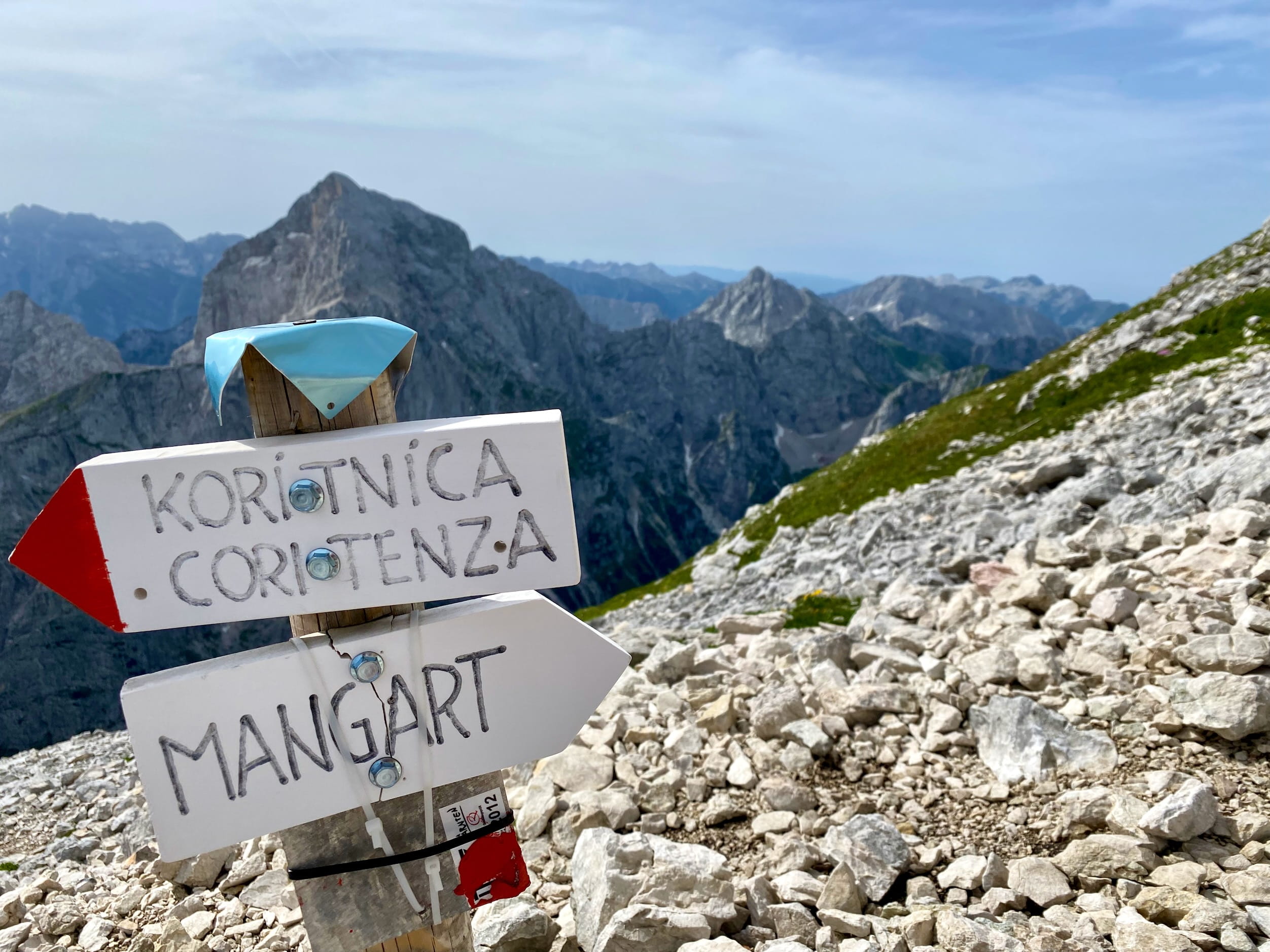
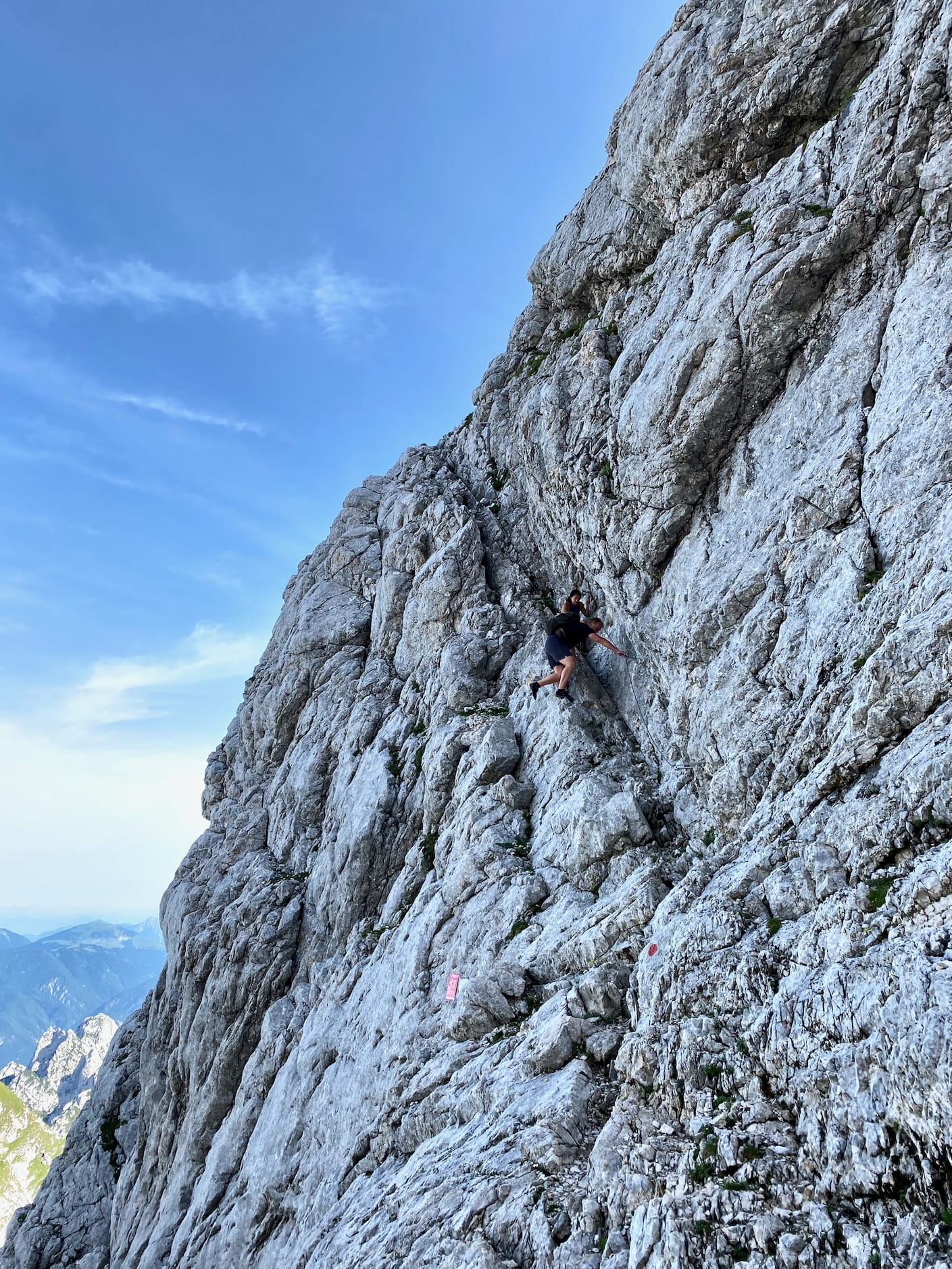

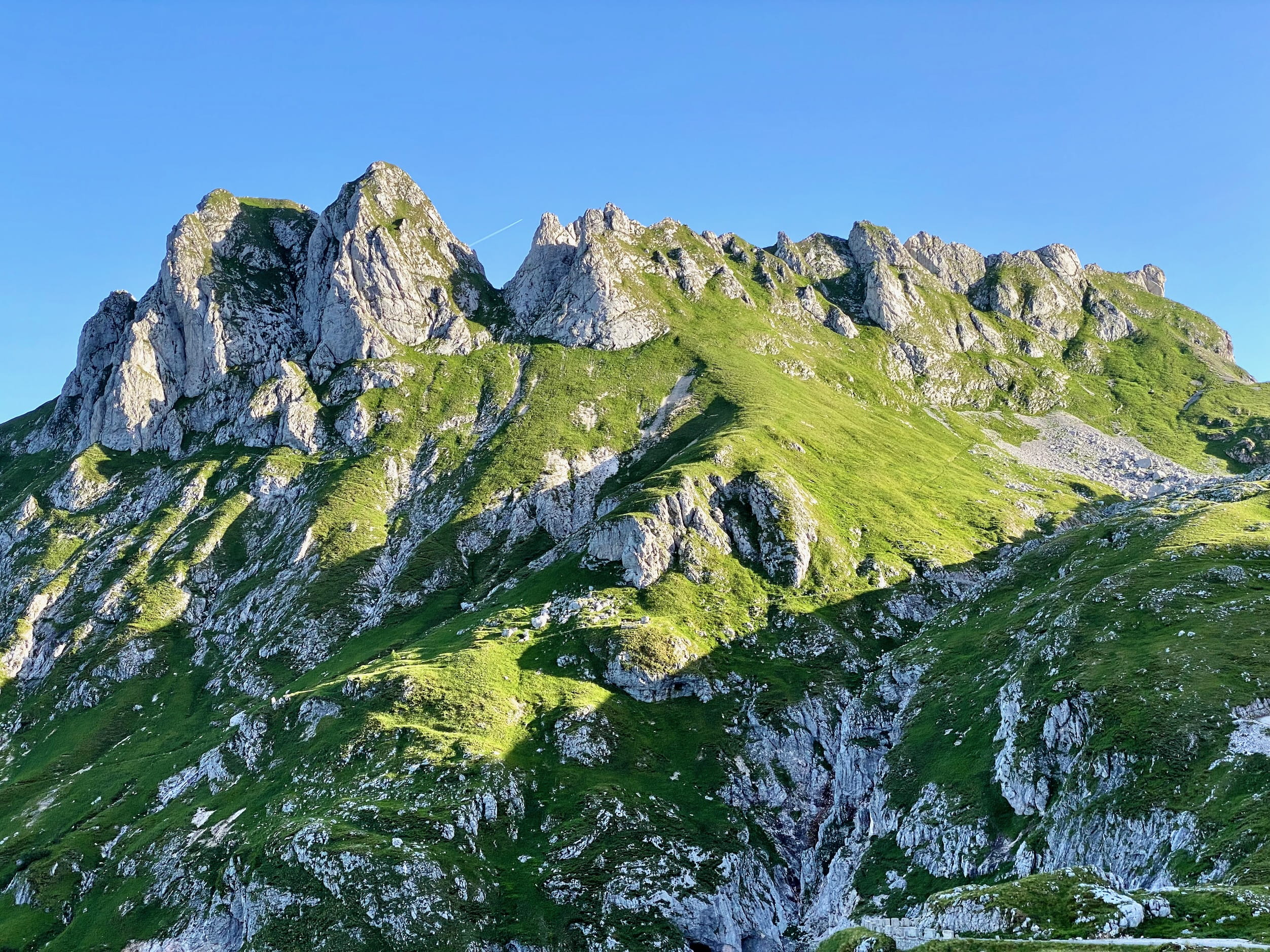
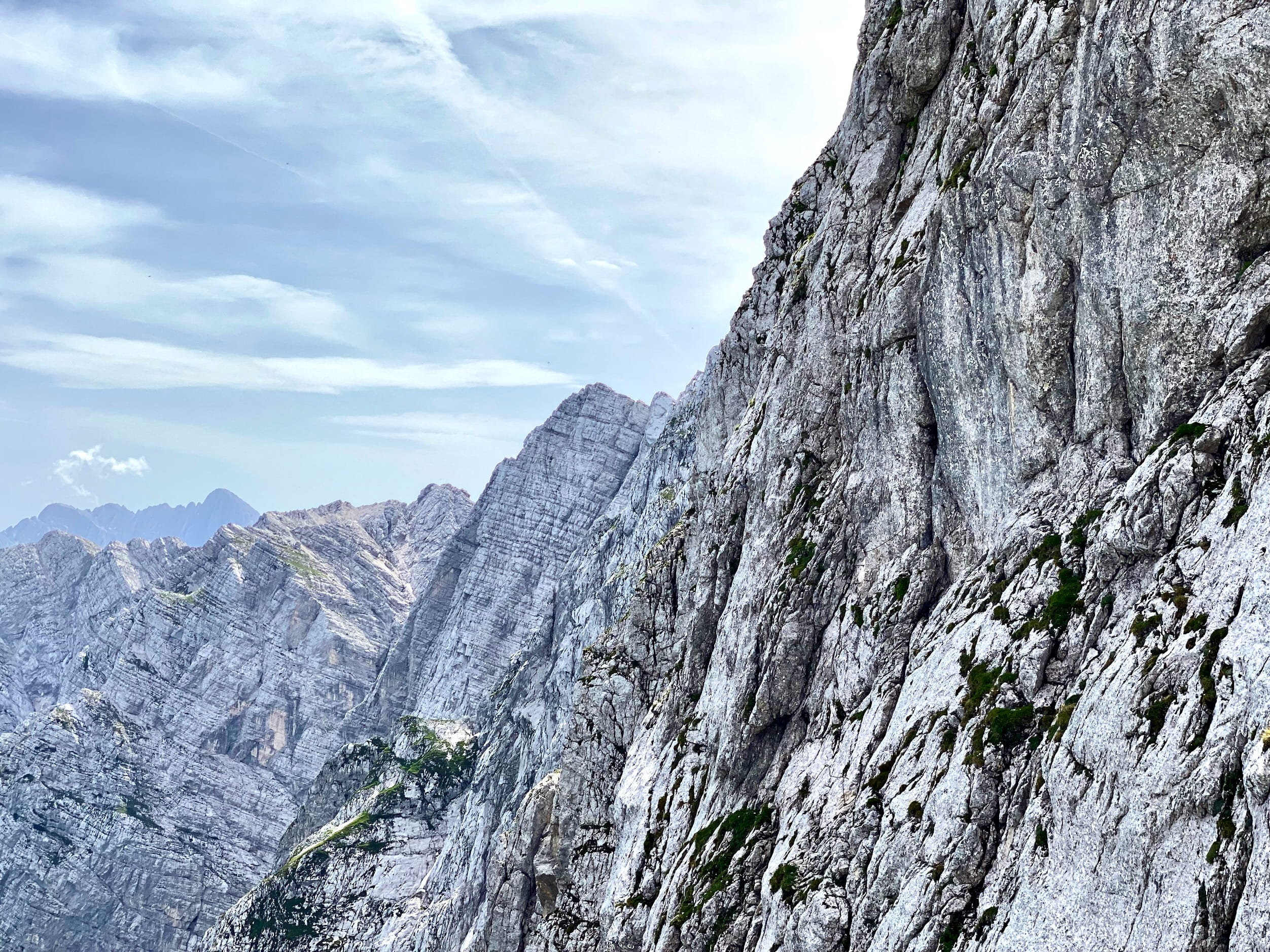
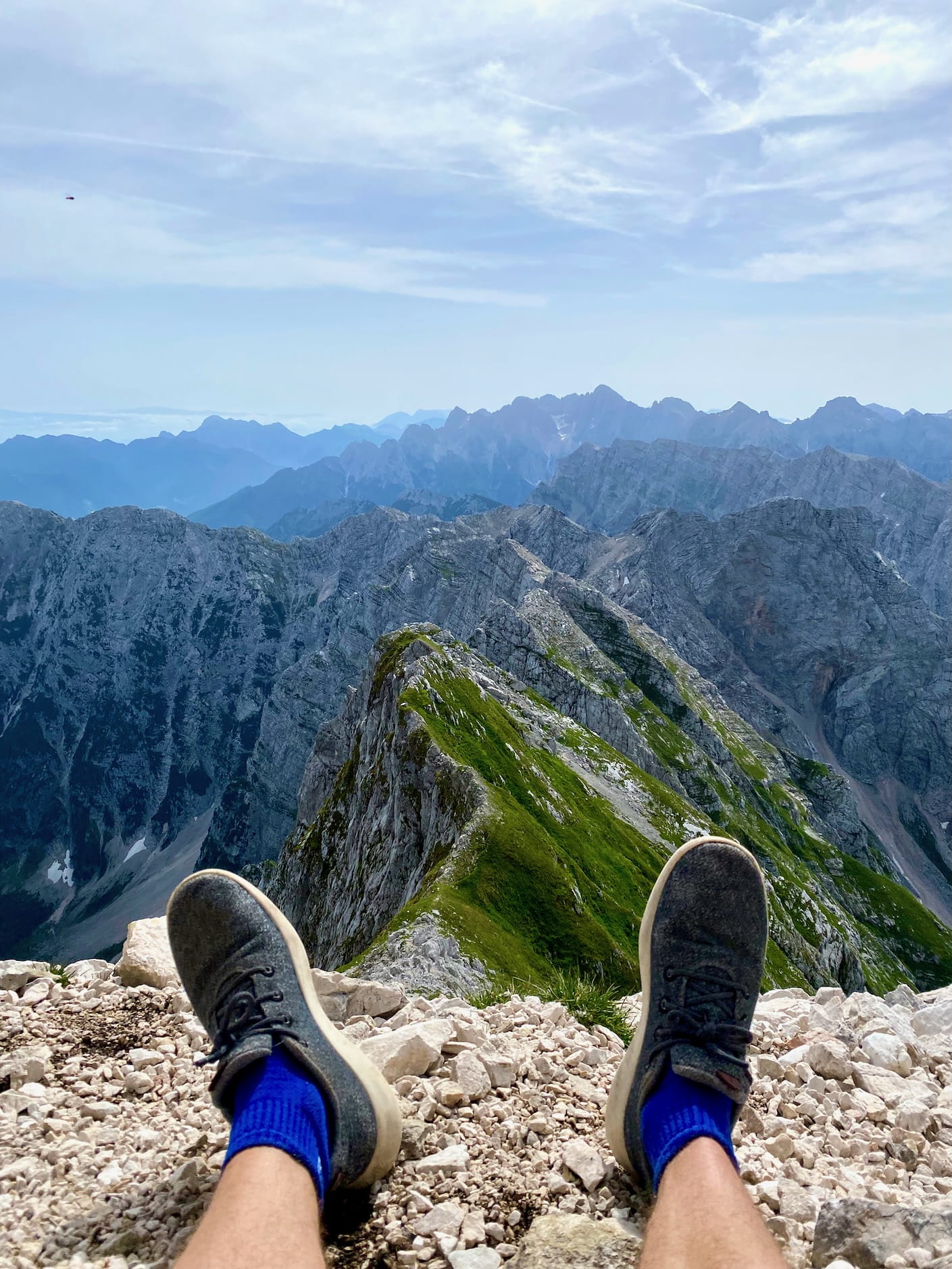
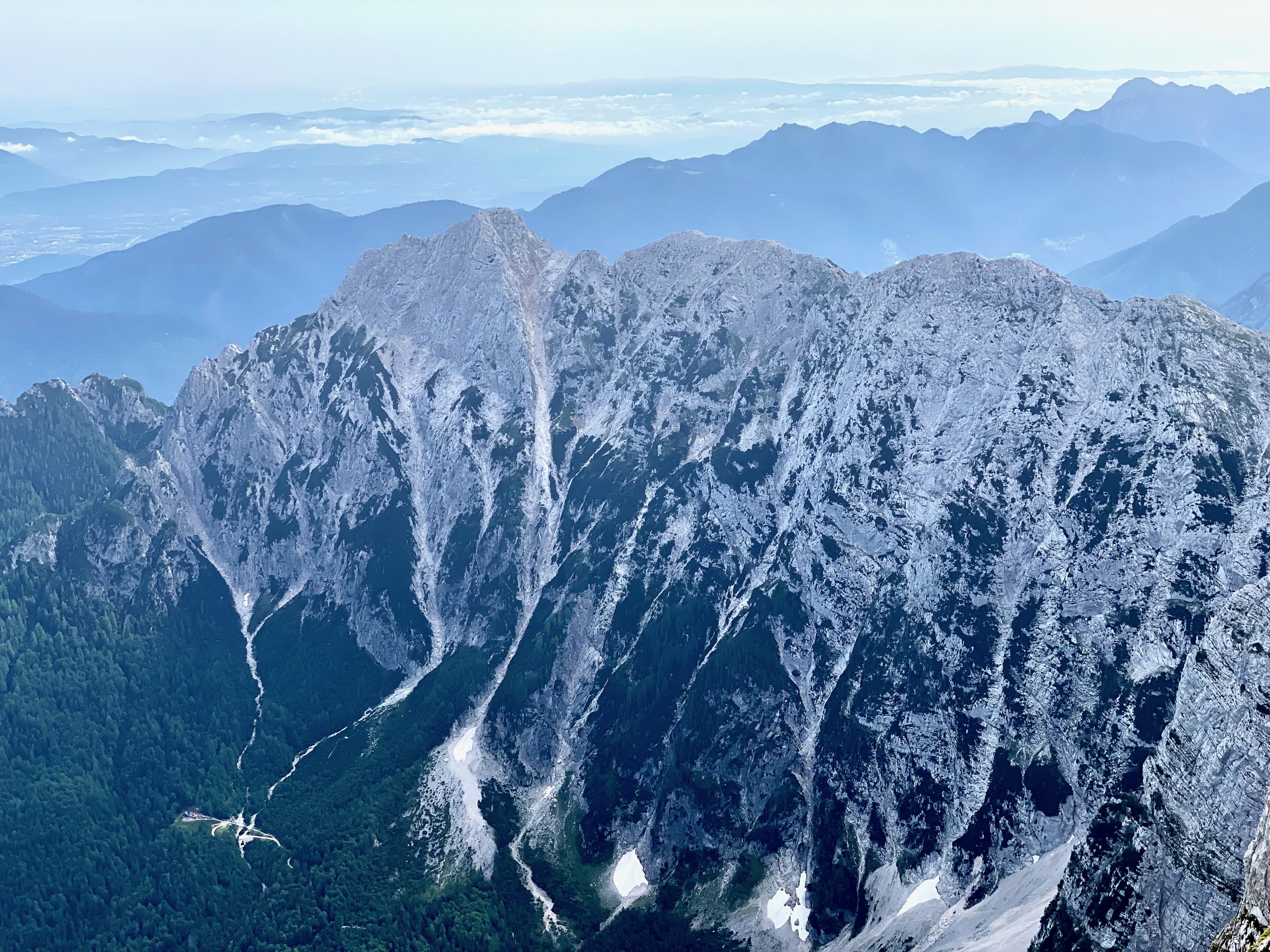
I Keep Failing At Buying Laundry Detergent
I am convinced that the store I was at had only fabric softeners. I was suspicious from the front (“with plant-based softness”), and even asked an employee, though with full knowledge that “detergent” is kind of a hyper-specific English word.
The back contains information in what I think are Polish, Hungarian, Czech, Slovakian, Ukrainian, Hungarian, Croatian.03. No English, despite the whole front being in English. I think this isn’t uncommon—easier to pick English for branding rather than try to translate the eye catching stuff.
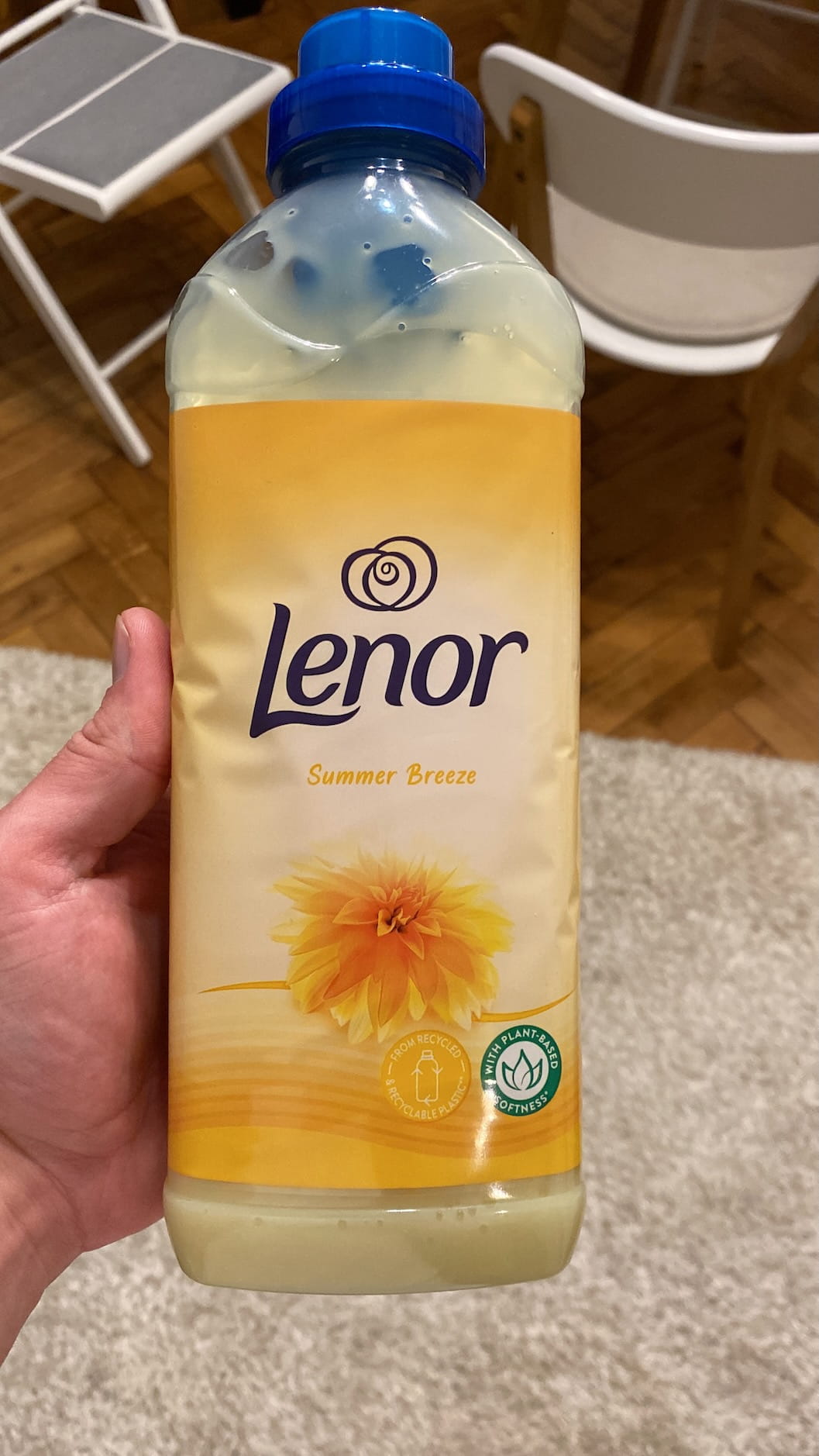
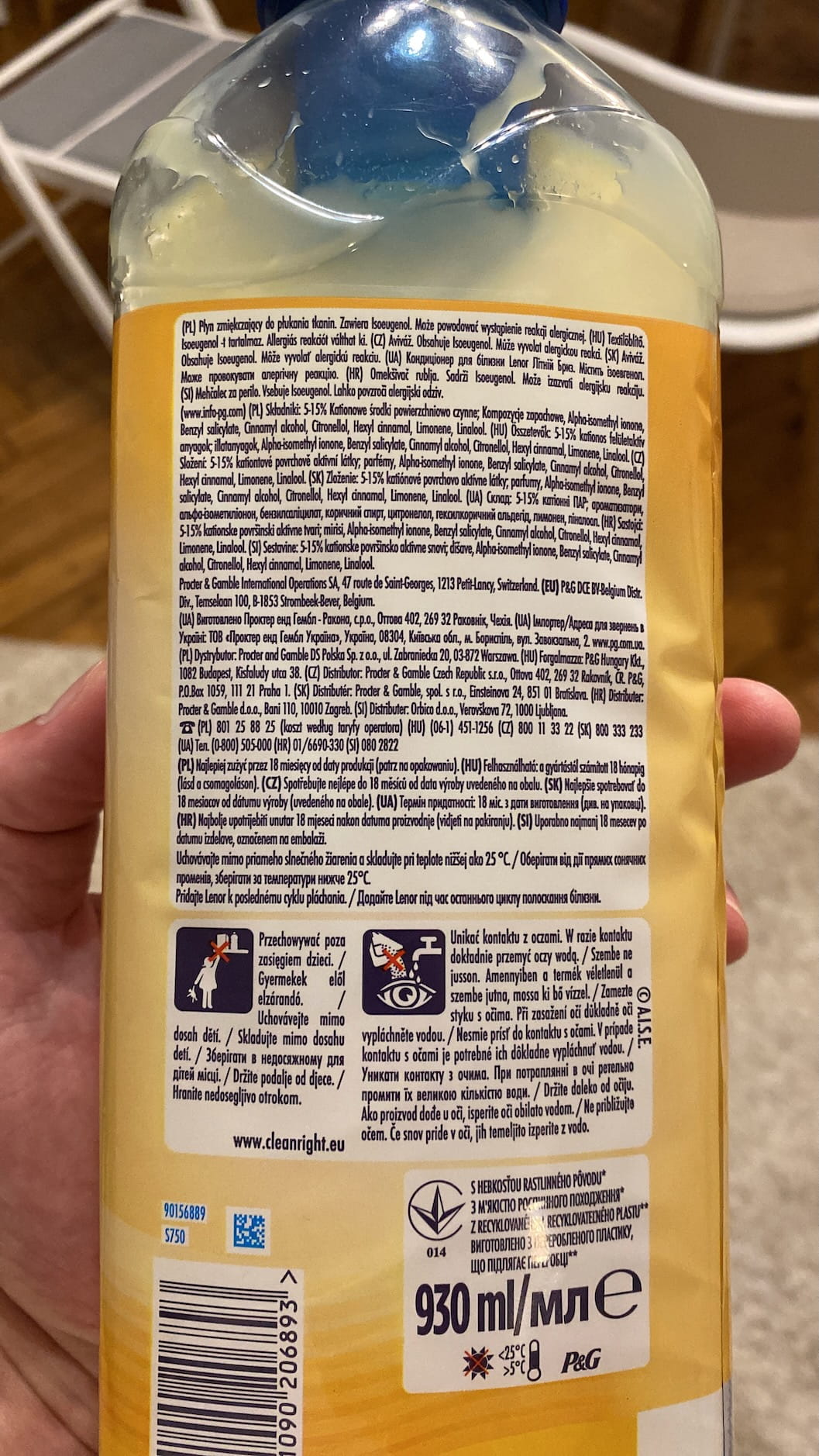
Couple Final Notes
-
Health insurance here is interesting. There’s public health insurance. But due to stuff like long wait times and compensation for the MDs, if you want good care, you shell out $$$ (or, I guess, €€€) to visit private clinics. Makes me realize the whole “universal healthcare” thing is more complicated to implement than I’d imagined. You can still easily end up with a tiered system where nobody wants the public option.
-
Coastline: Slovenia really got the short end of the stick here. Italy and Croatia soaked up nearly all access to the Adriatic.
-
Neighbors: Speaking of neighboring countries, if your geography isn’t super hot, reminder that Slovenia borders Italy (W), Austria (N), Hungary (E), and Croatia (S). It’s cool that you can see the influence in stuff like food and language. Esp. in border regions, the cultures blur and you’re reminded that country lines are somewhat arbitrary.
Footnotes
One thing I’m curious about is: while Yugoslavia wasn’t part of the USSR, whether any underlying geopolitical / economic factors influenced both dissolving within a couple years of each other. ↩︎
I am sure there are exceptions. Who ended up with power? Who got land? But still, the concept is interesting. ↩︎
One fun fact I looked up in Croatia: “HR” is used as their language code and license plate label, from Republika Hrvatska (“Republic of Croatia”). Reminds me of how “CH” is Switzerland, for Confoederatio Helvetica). ↩︎